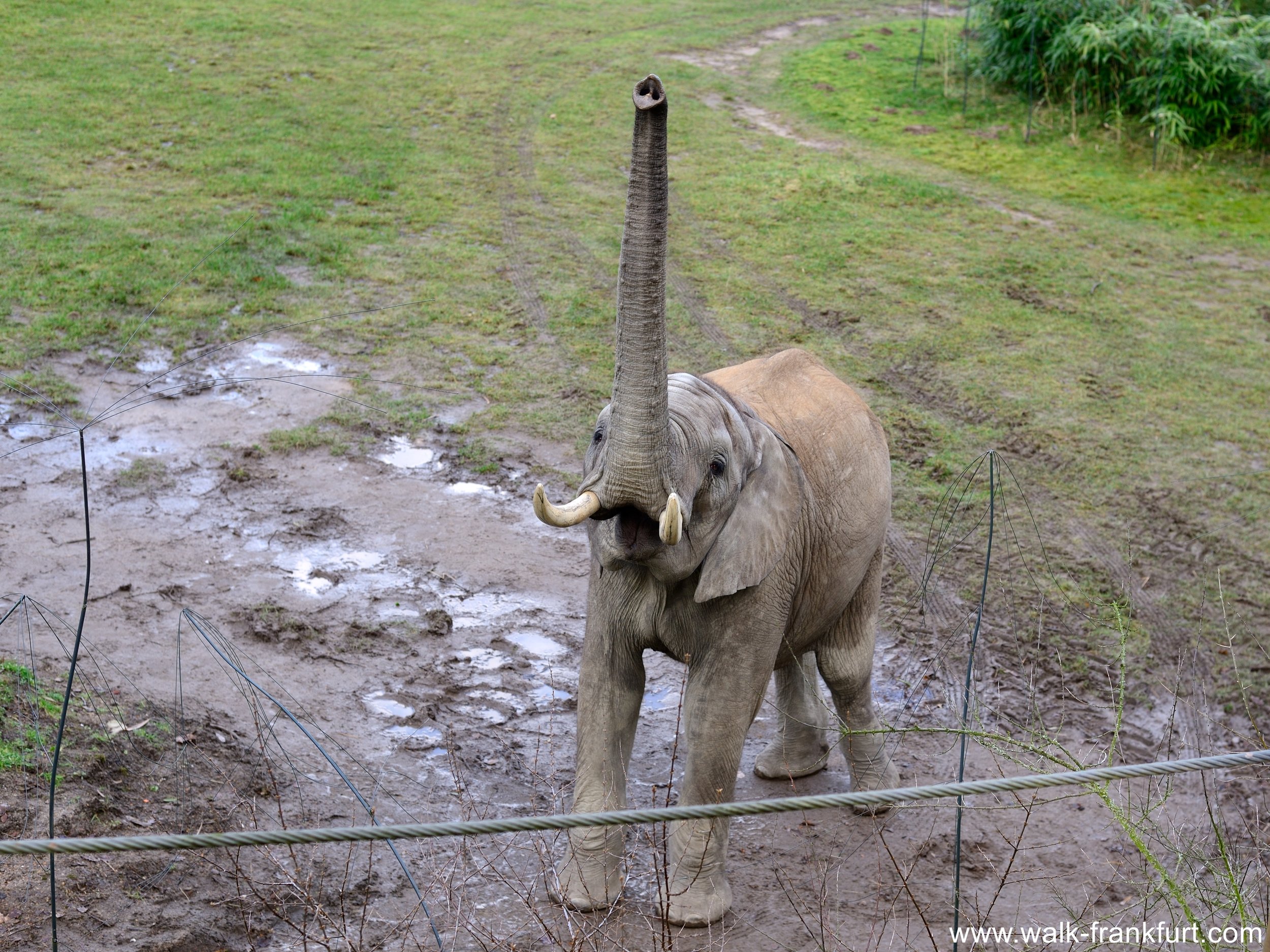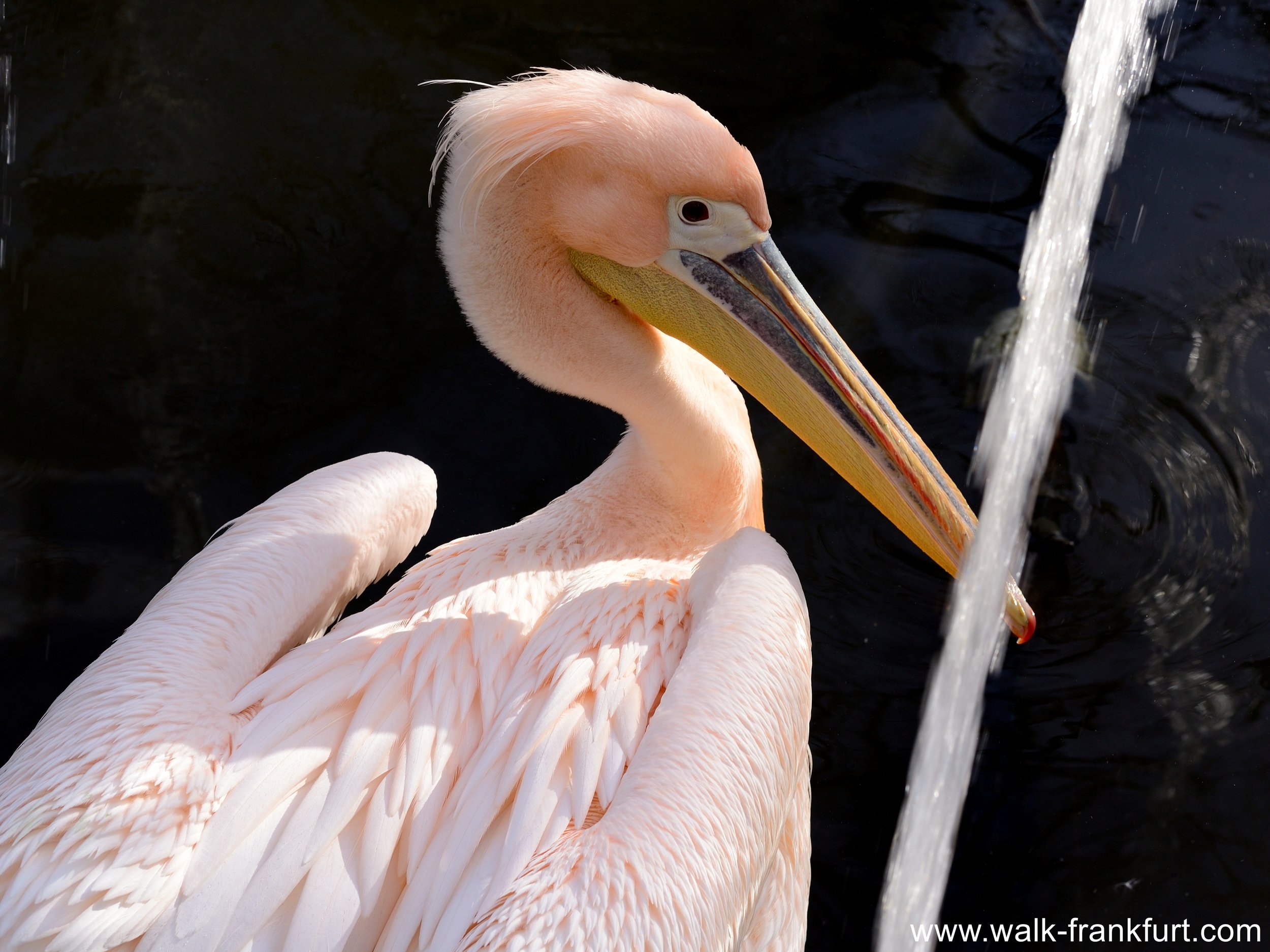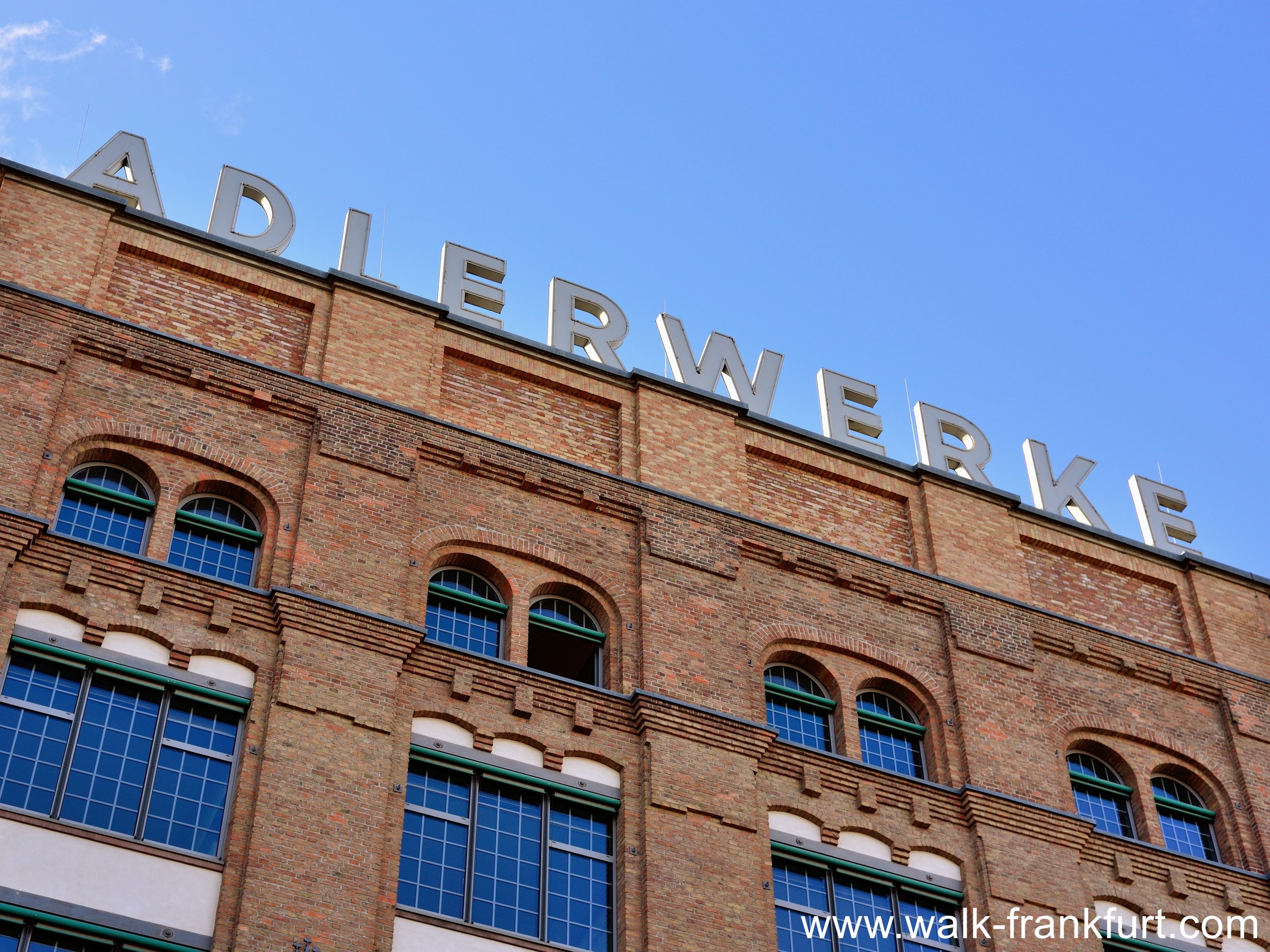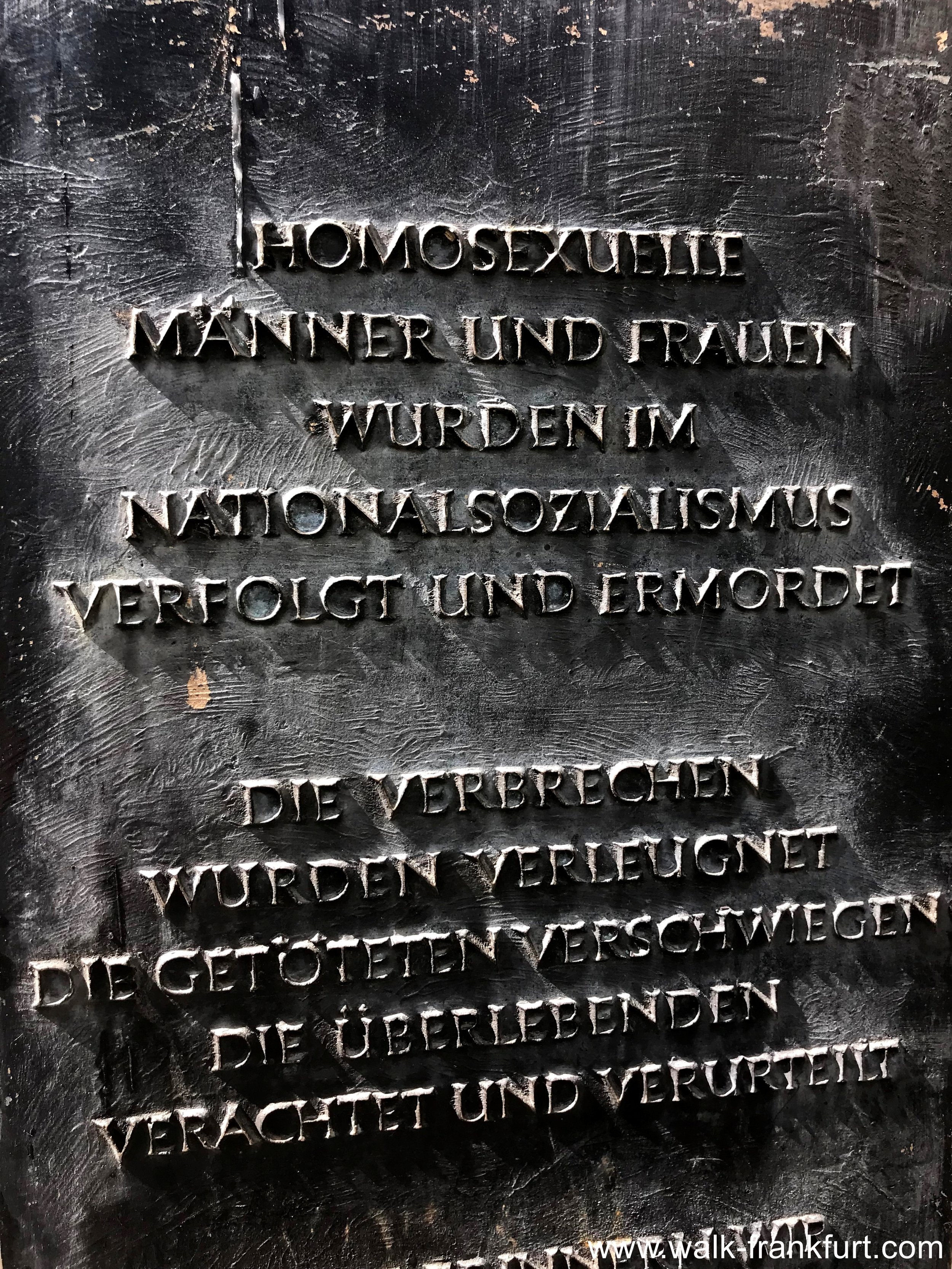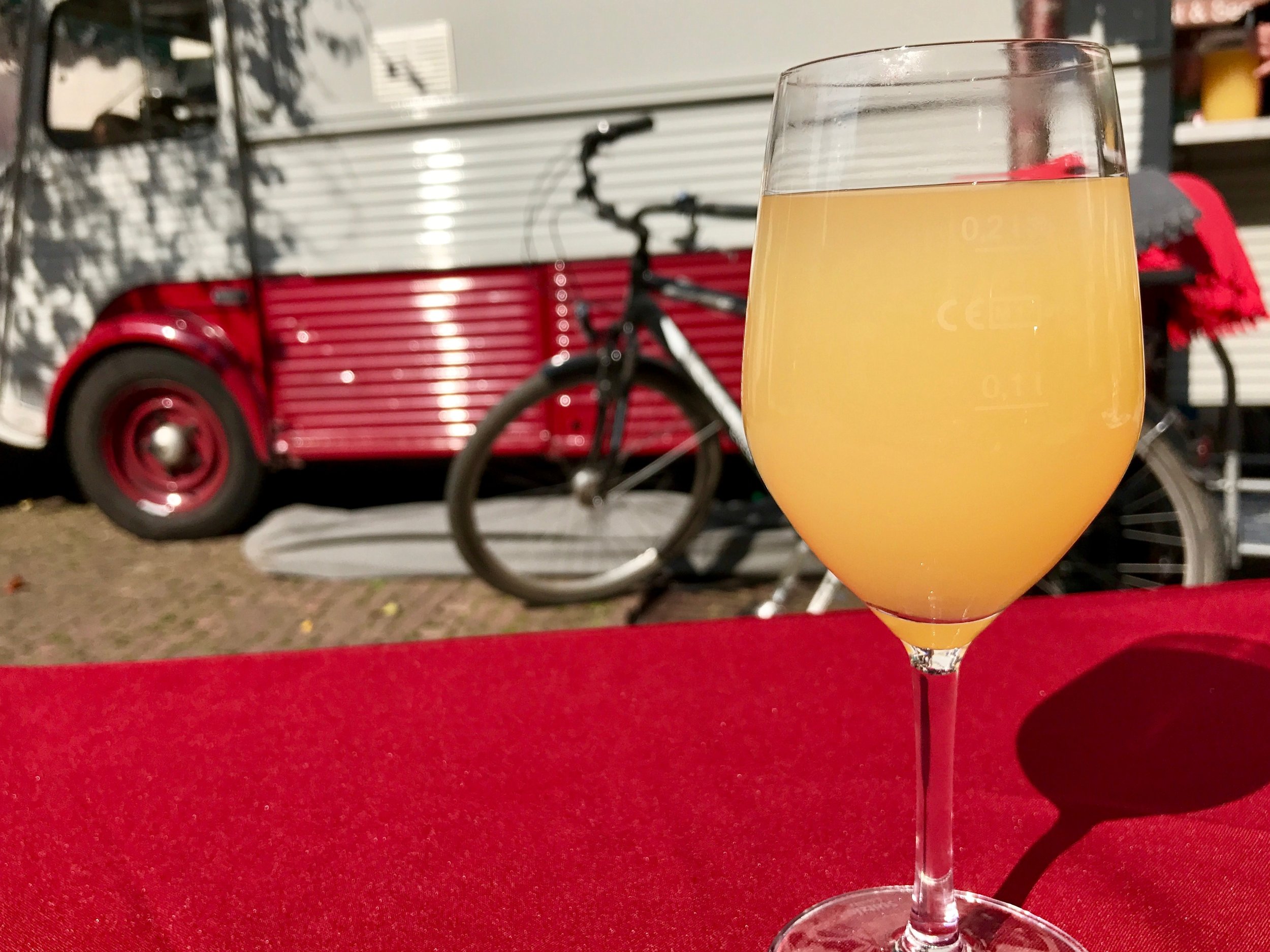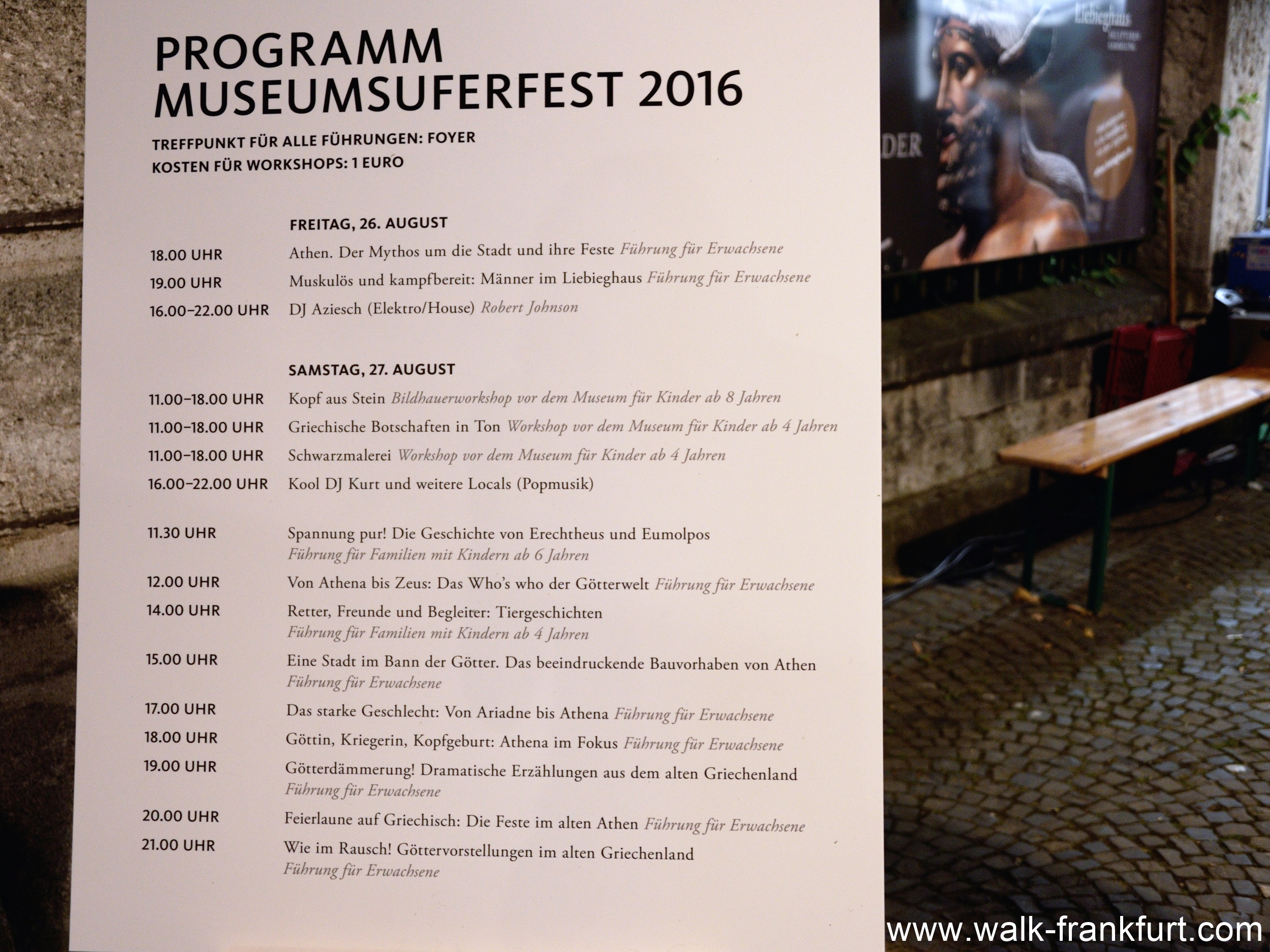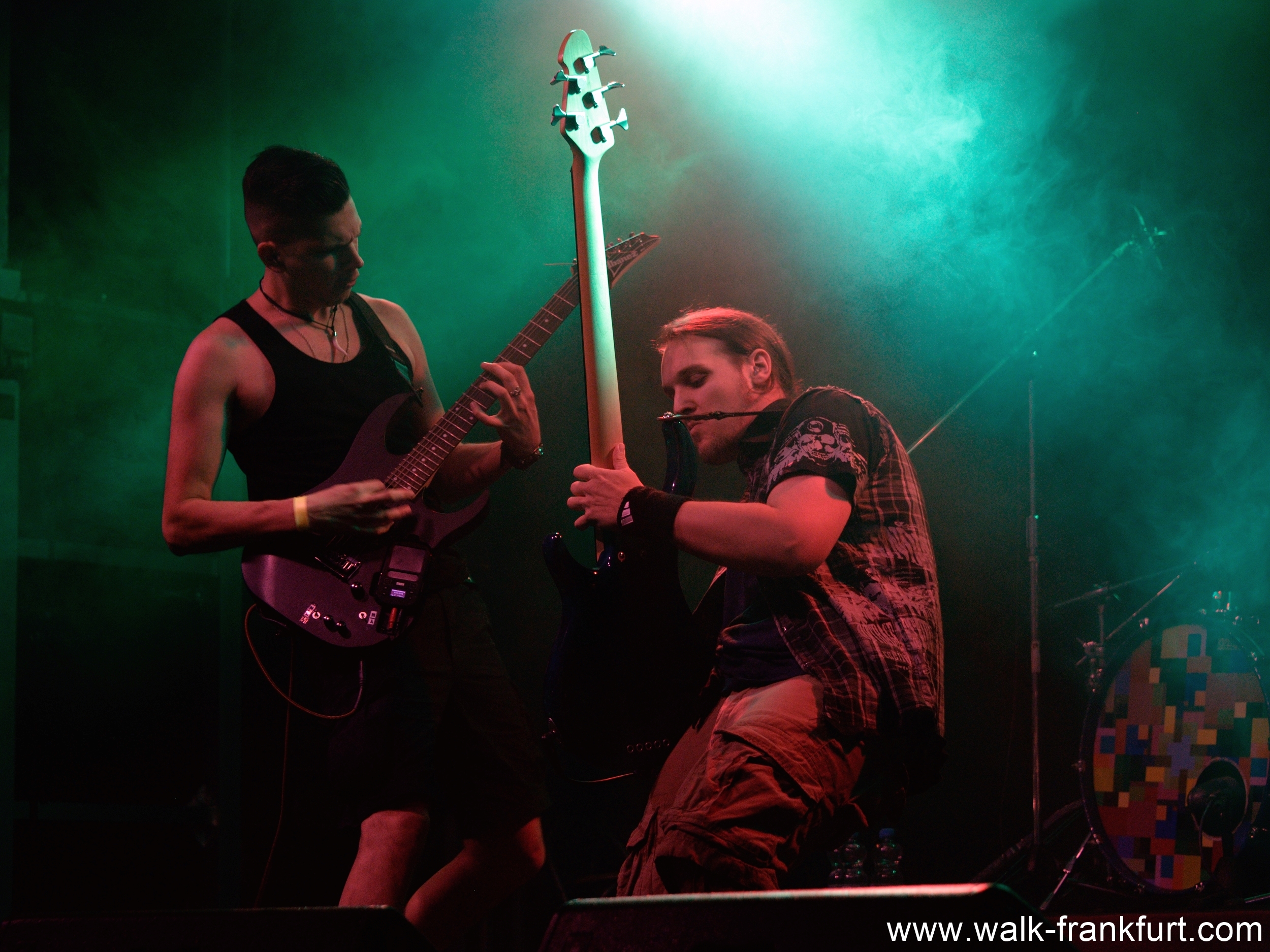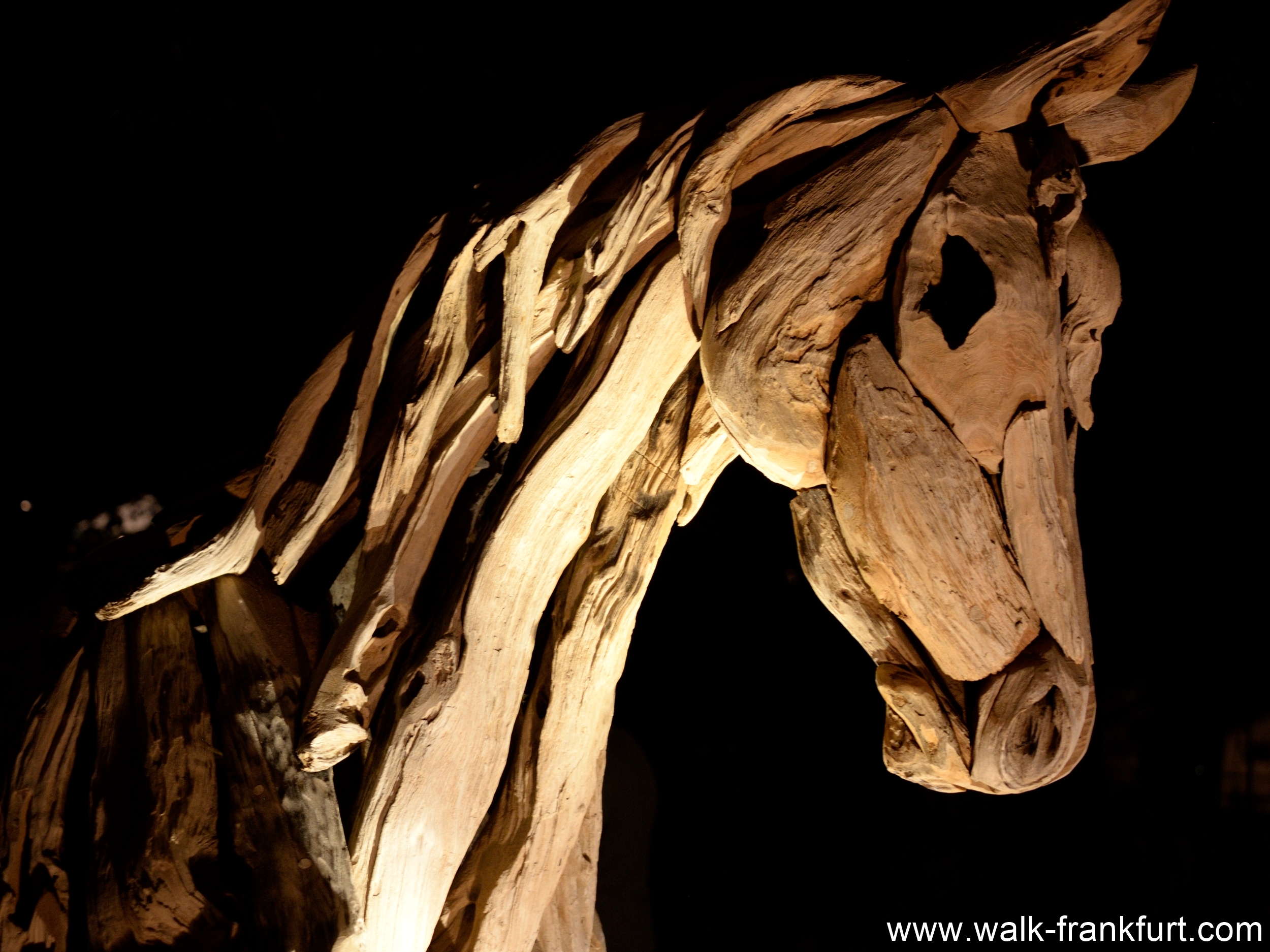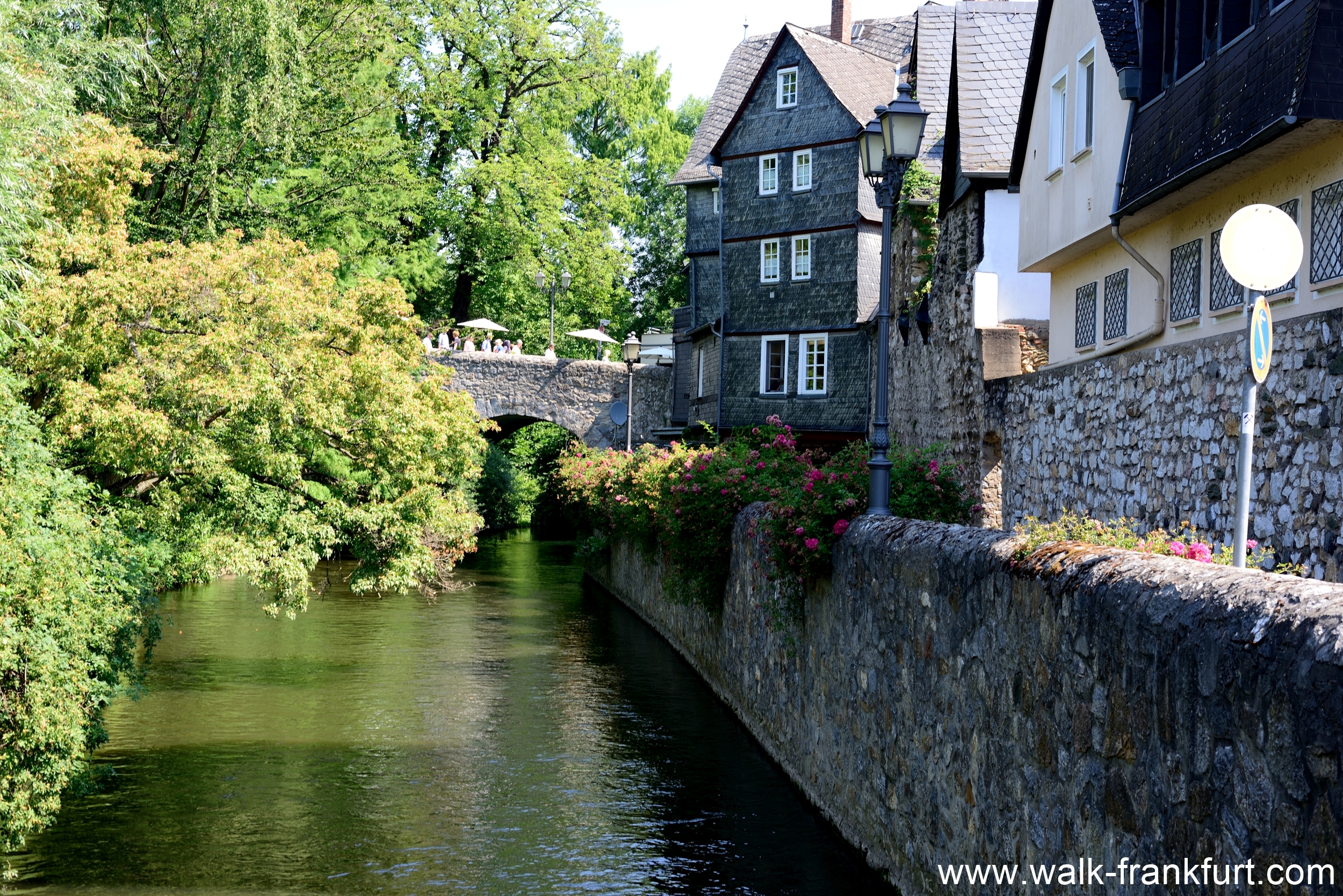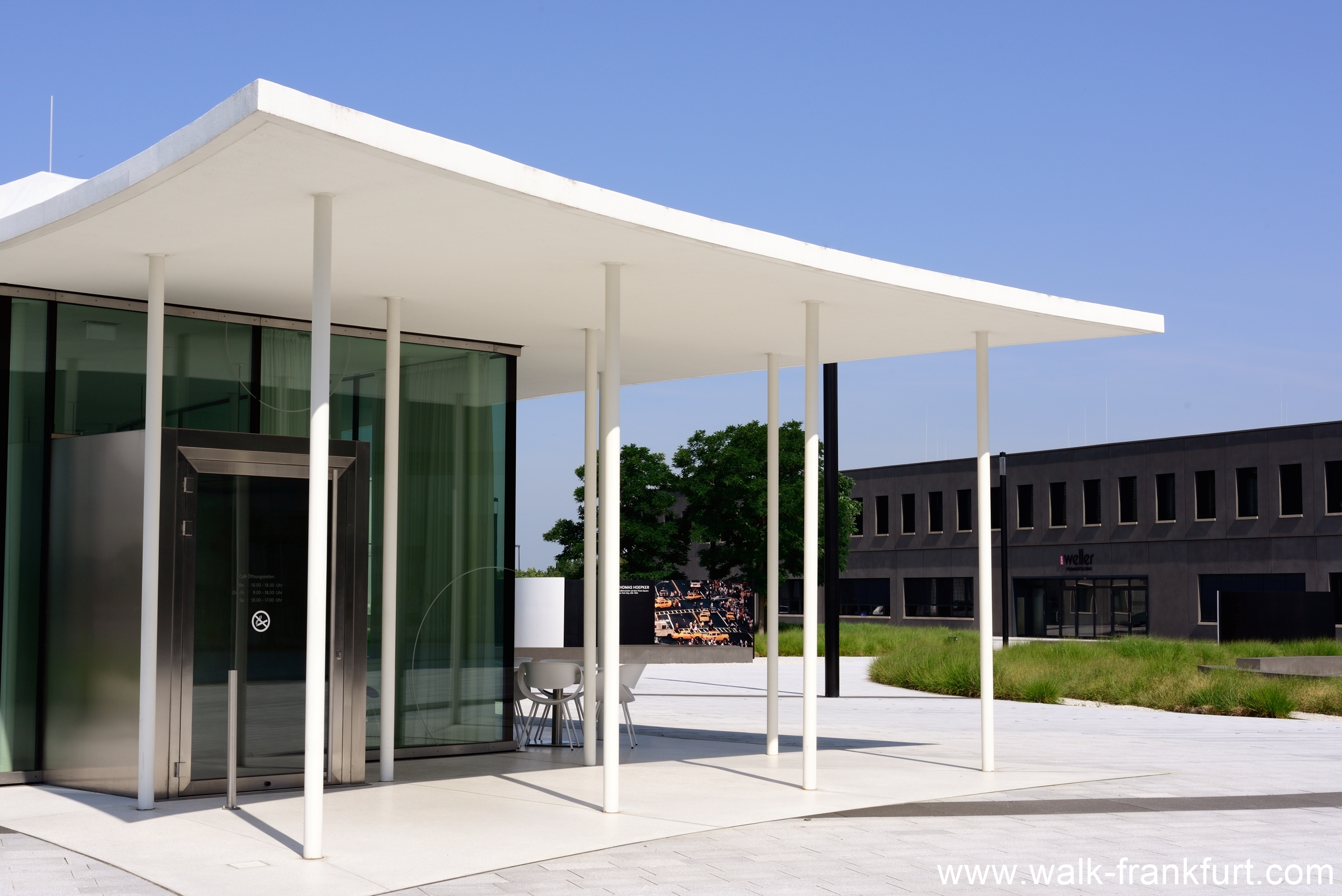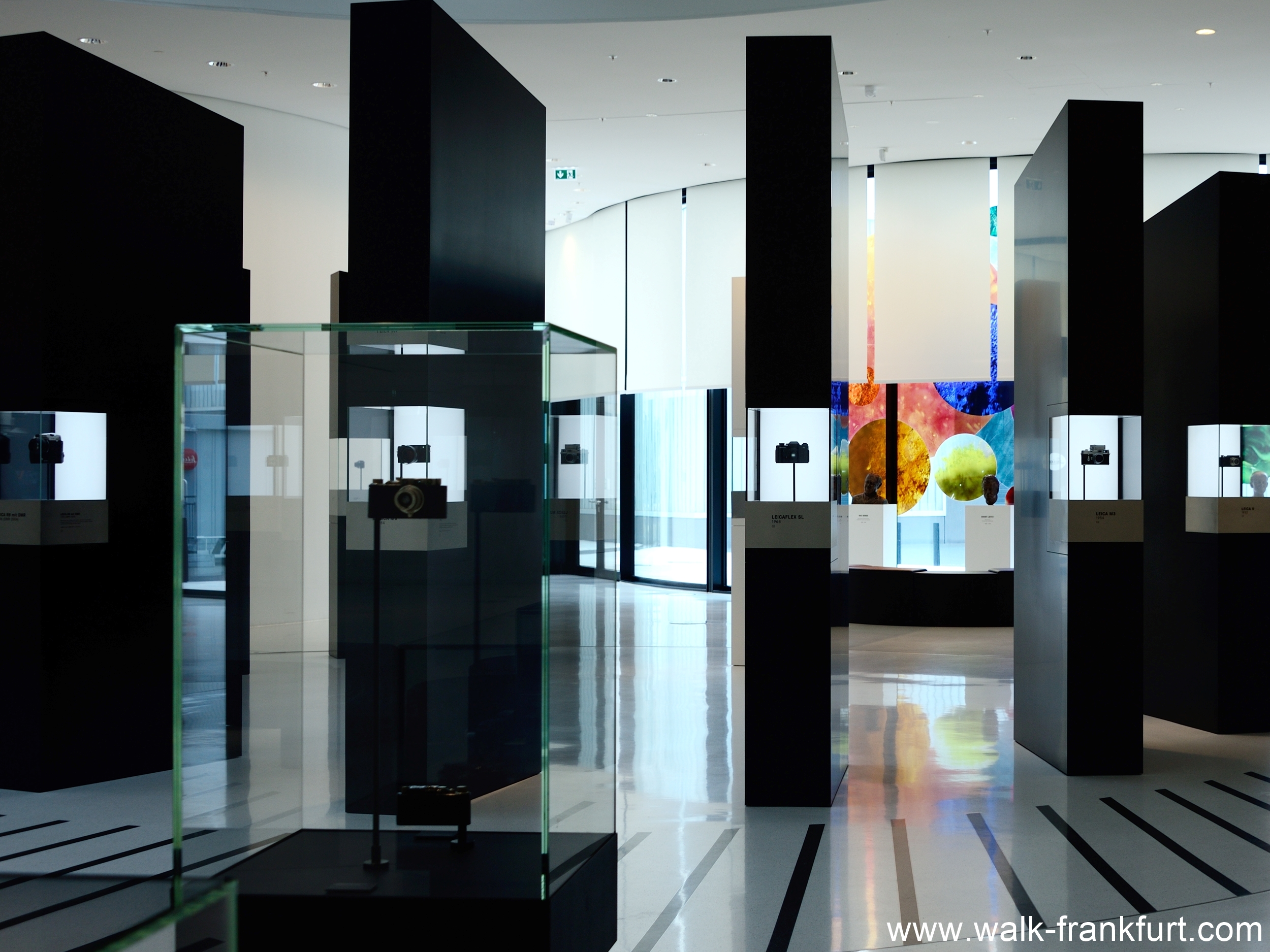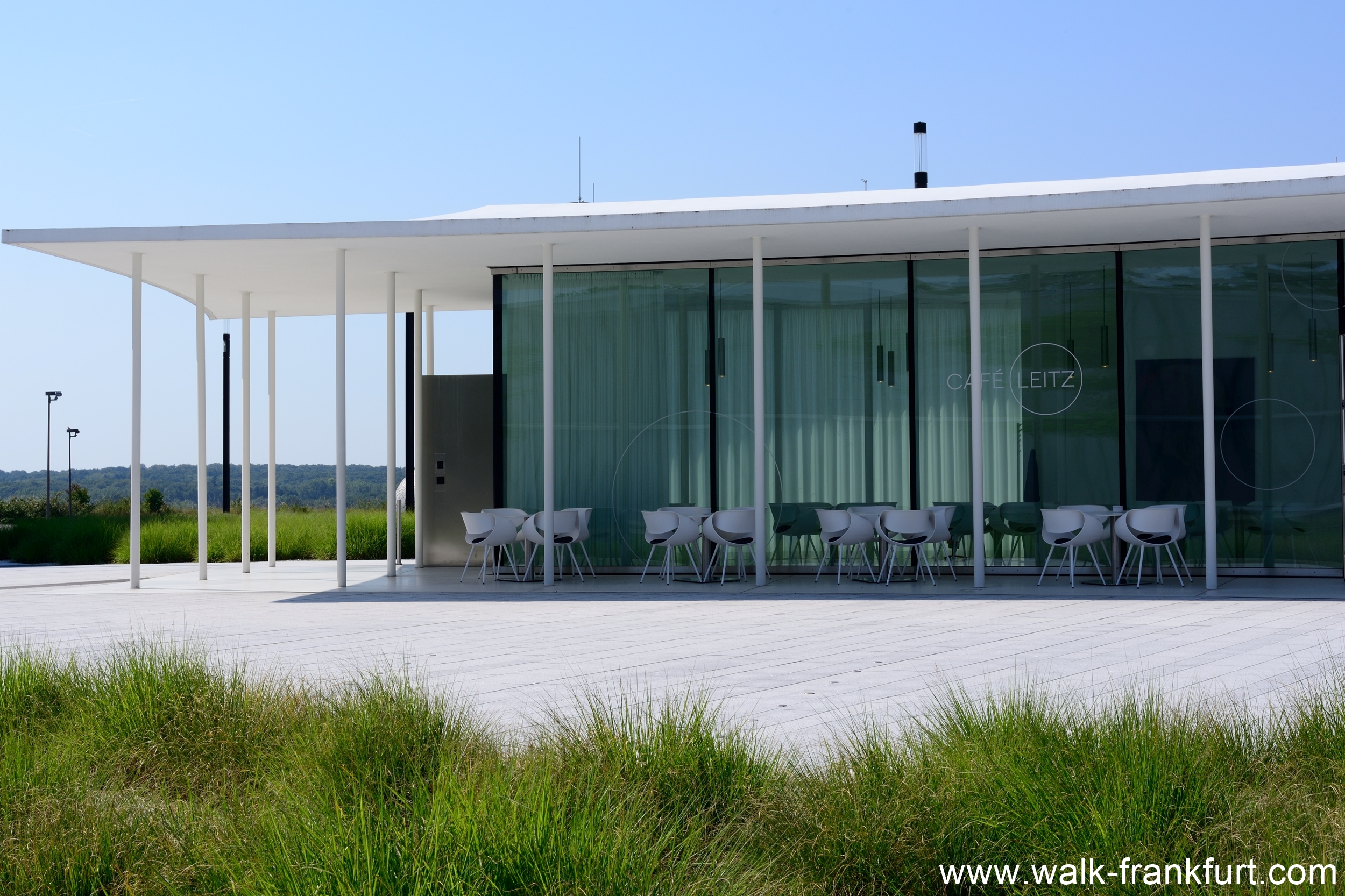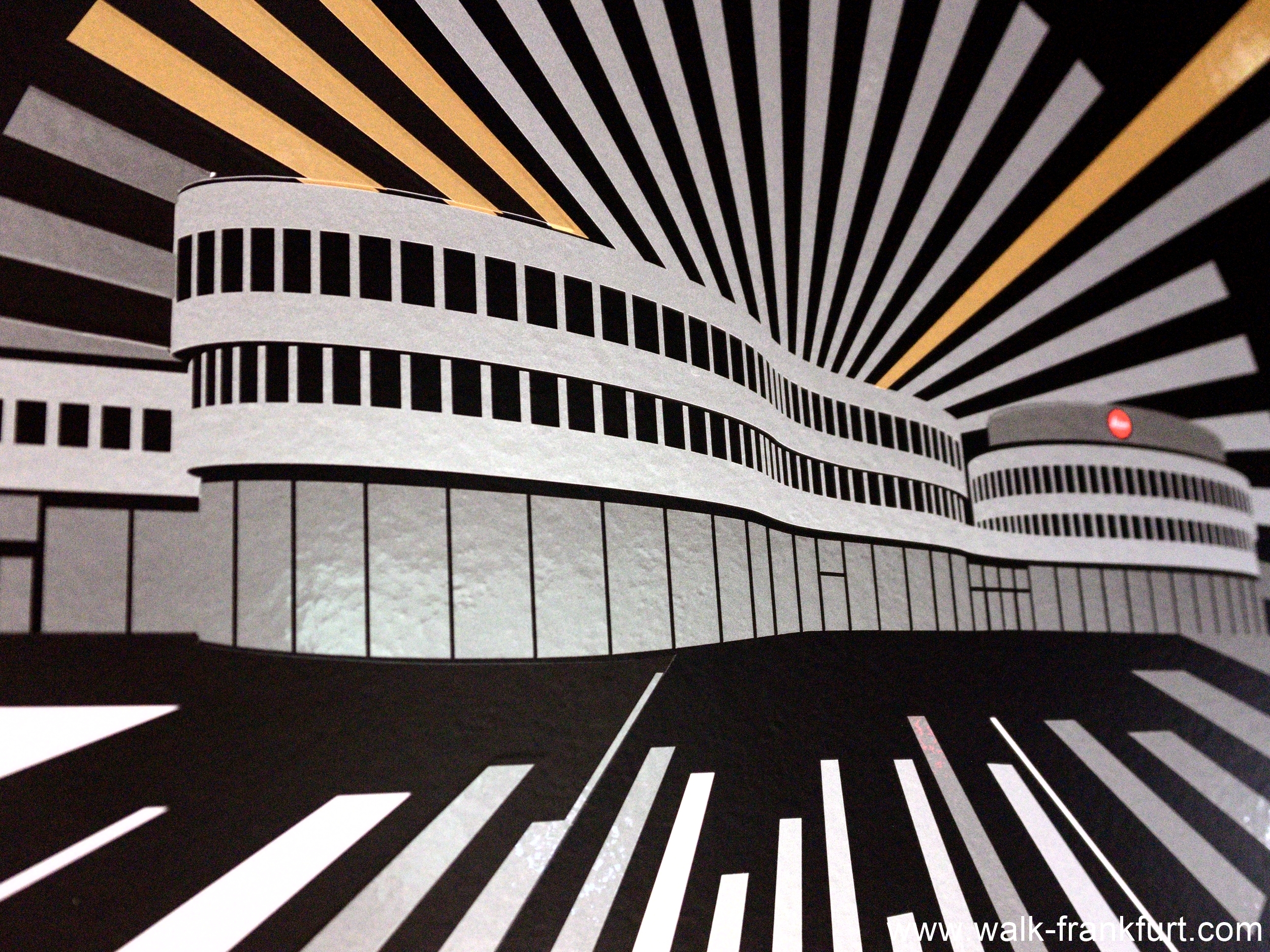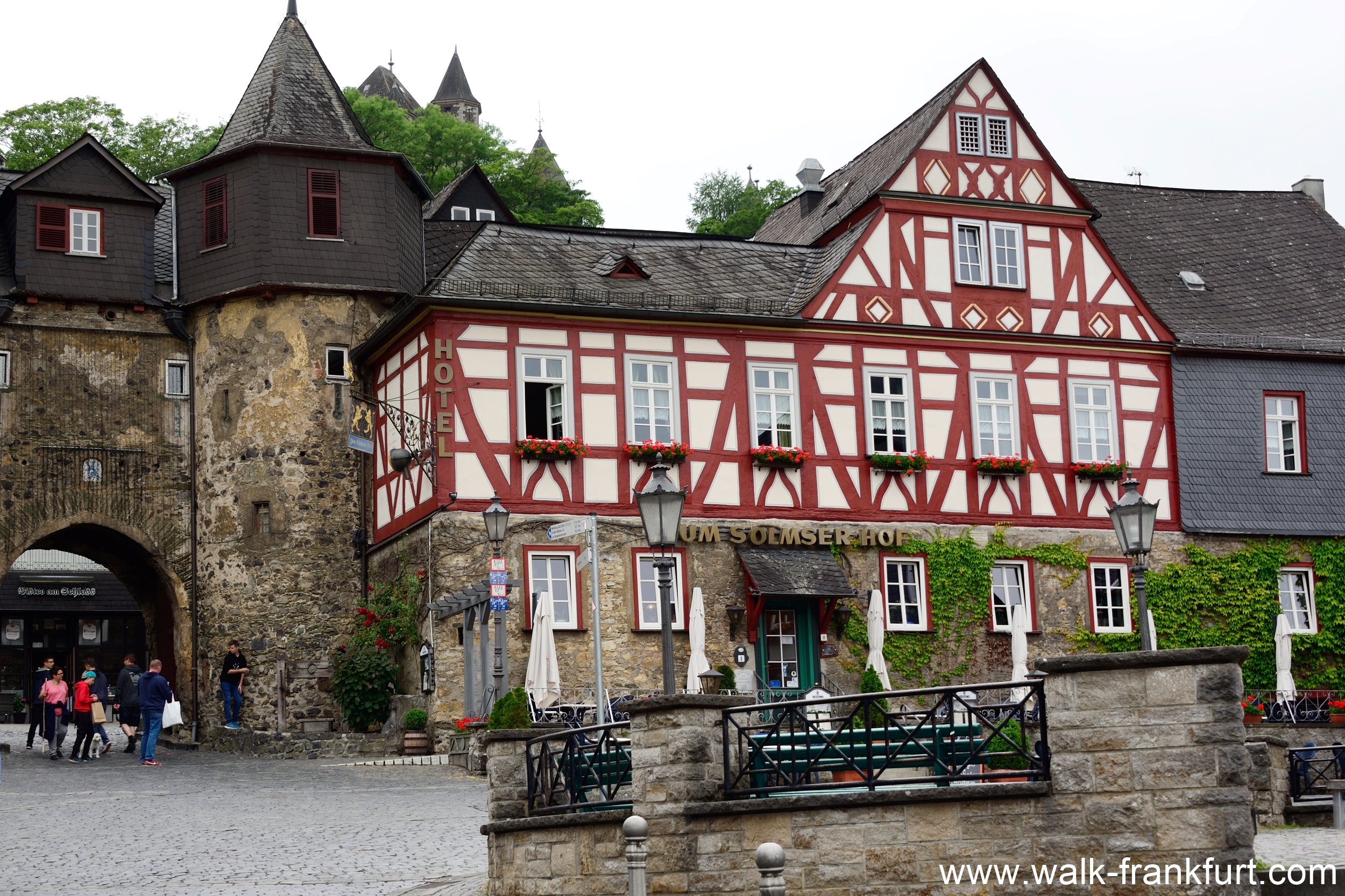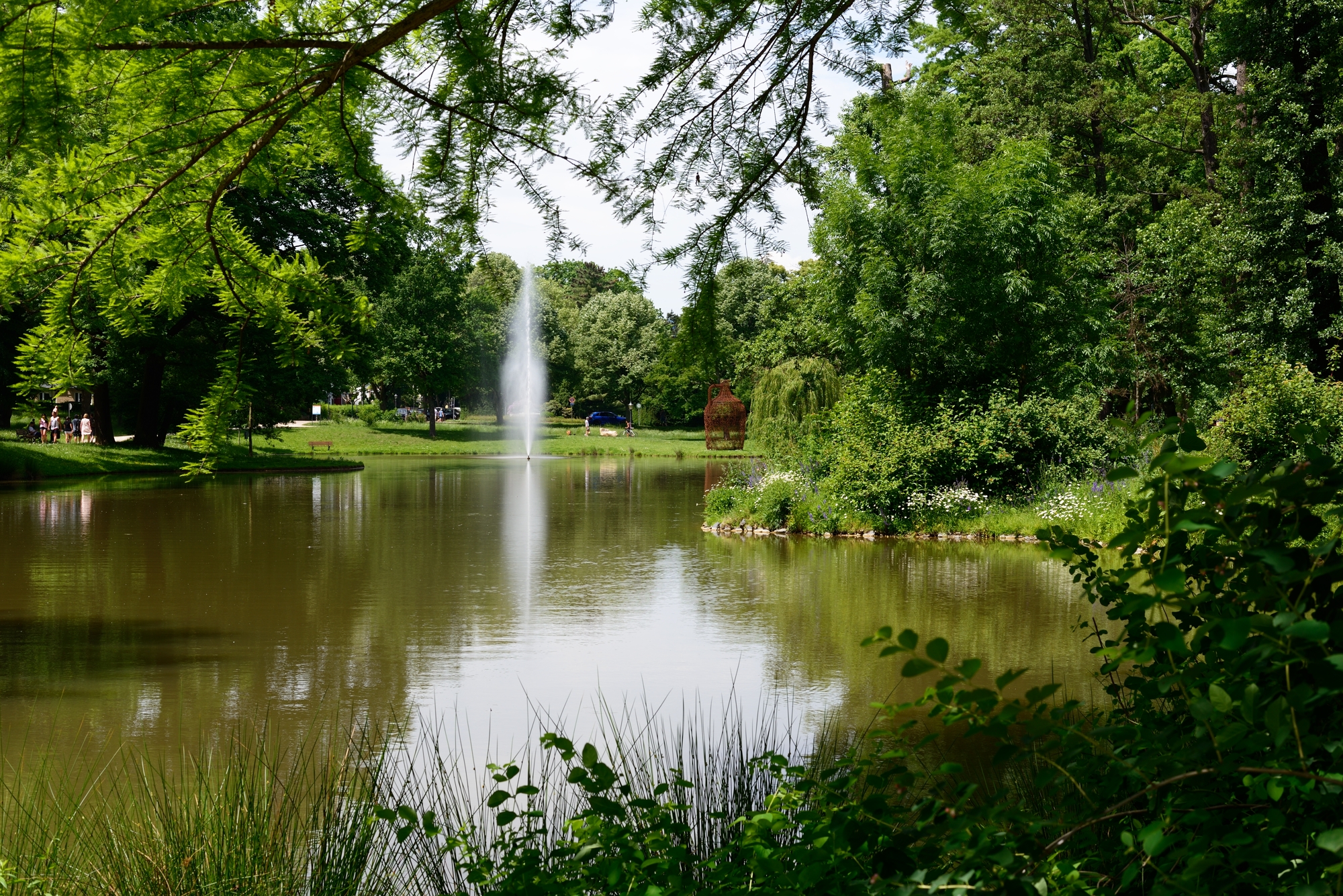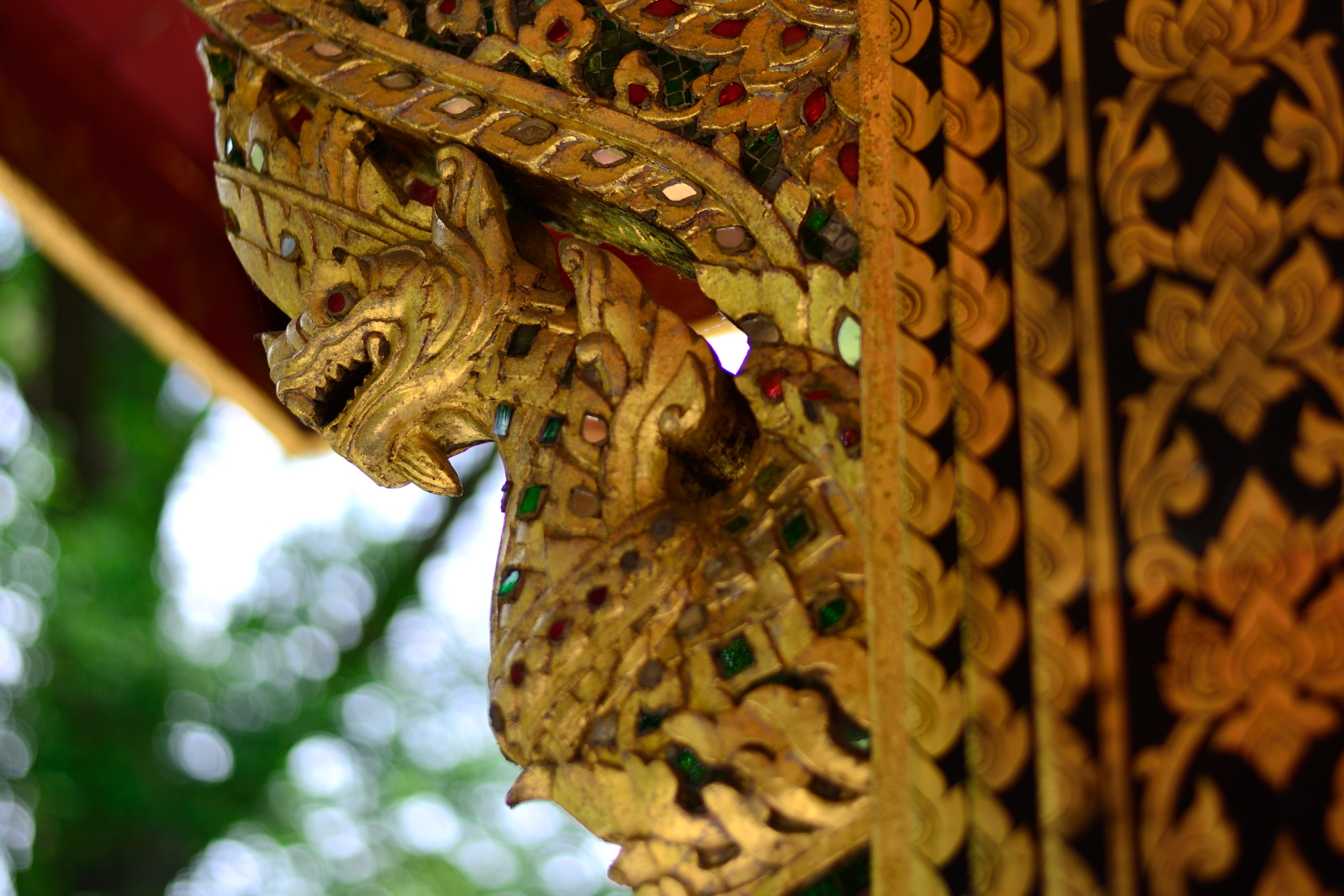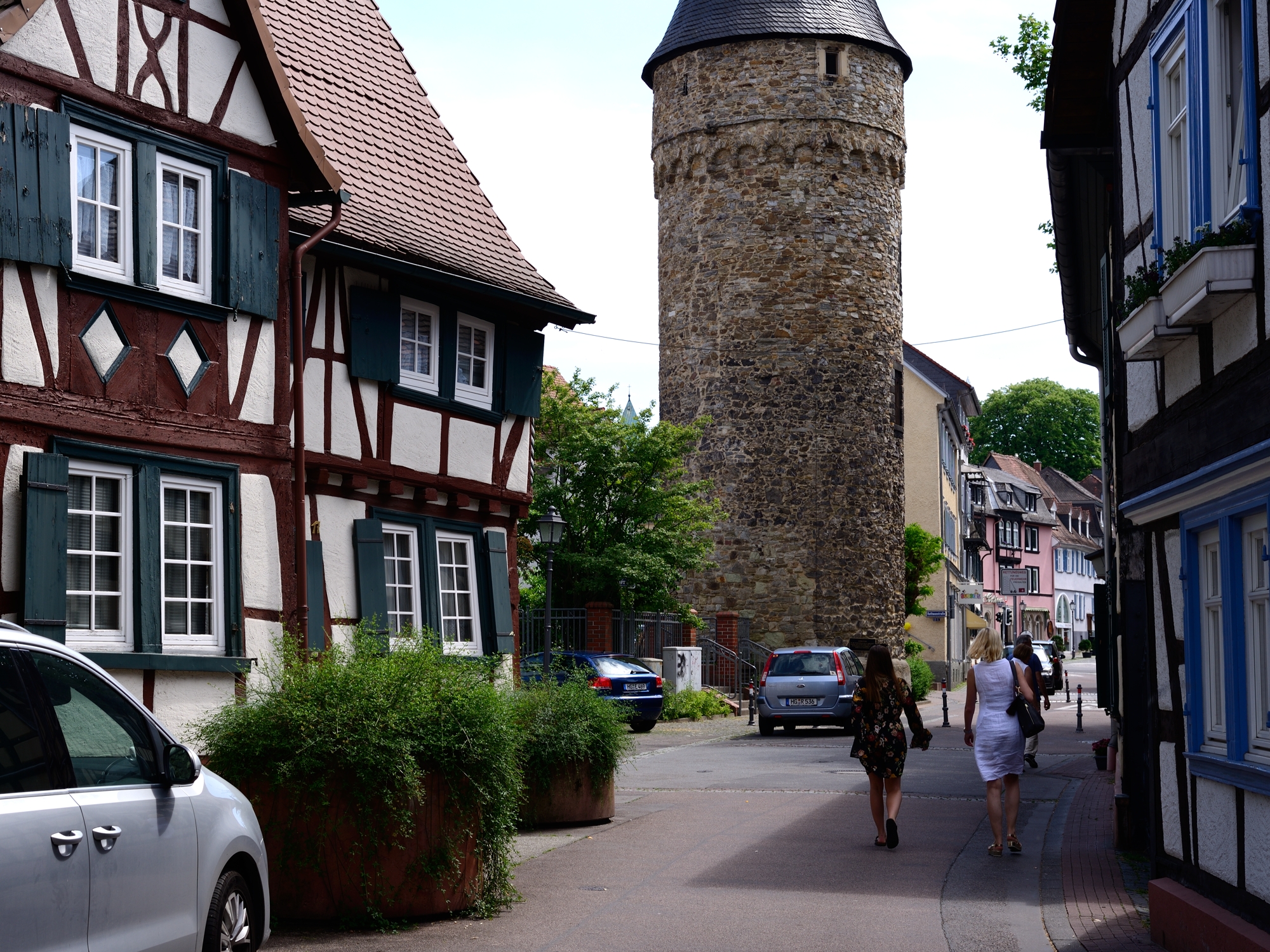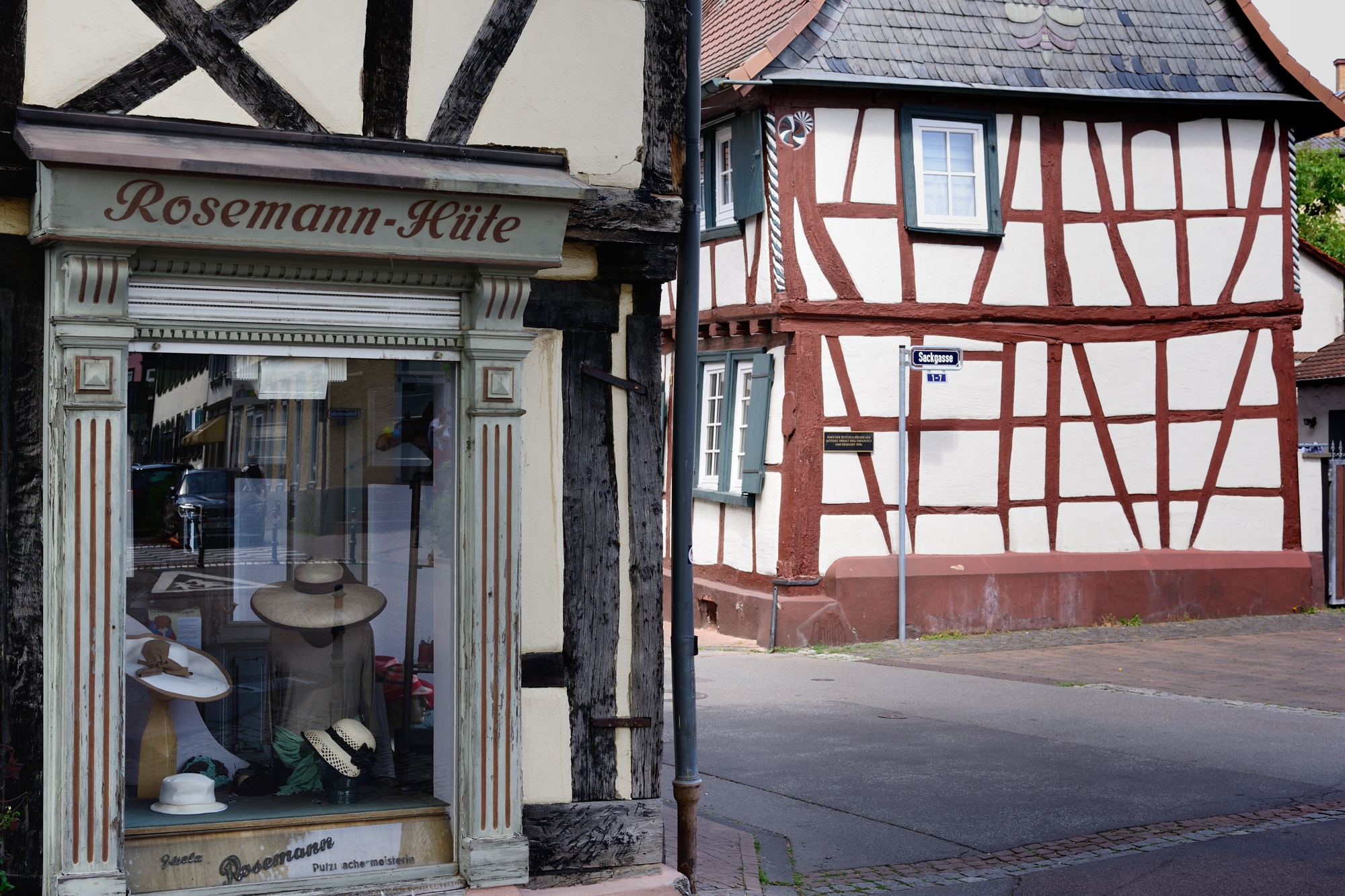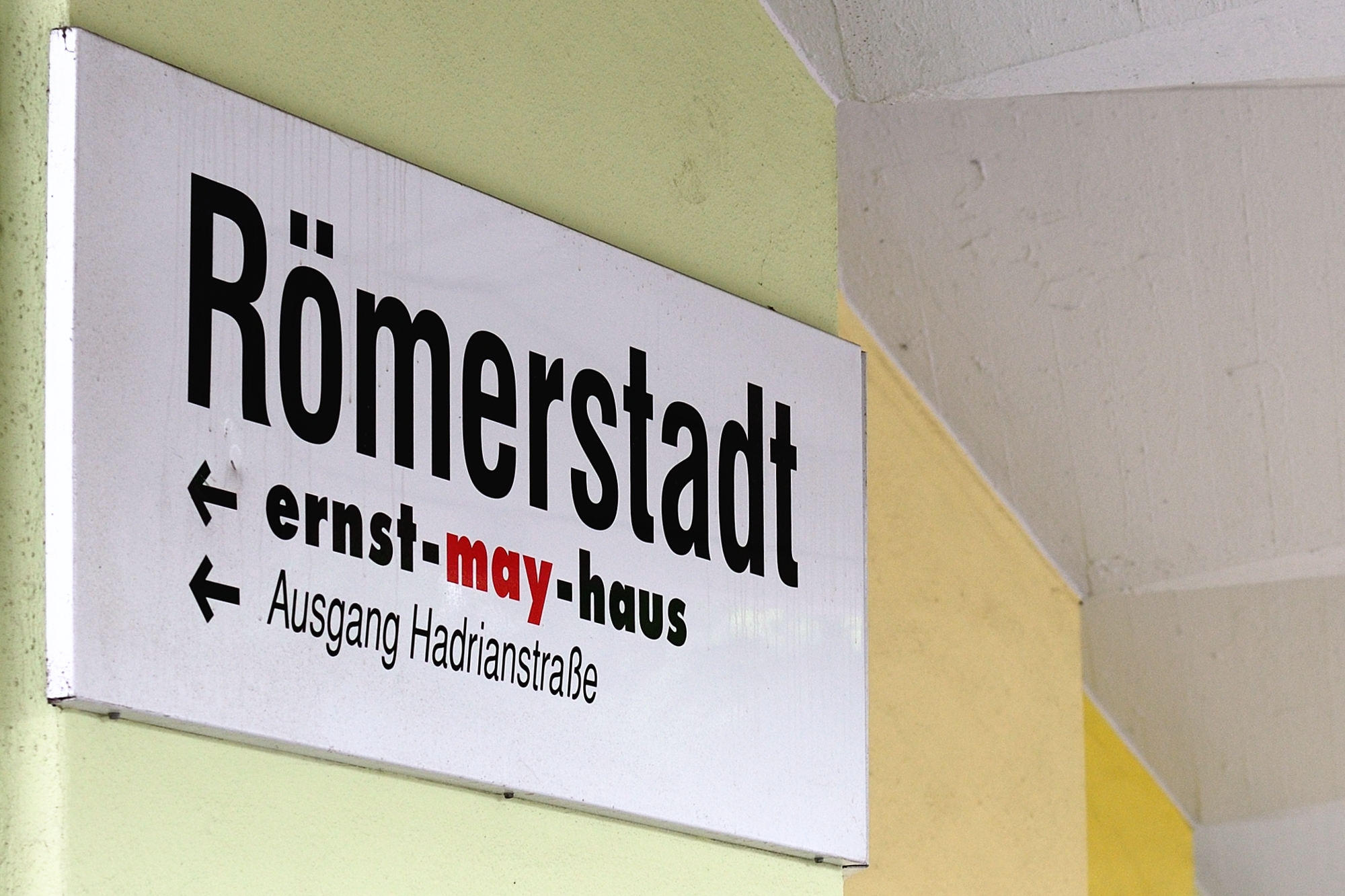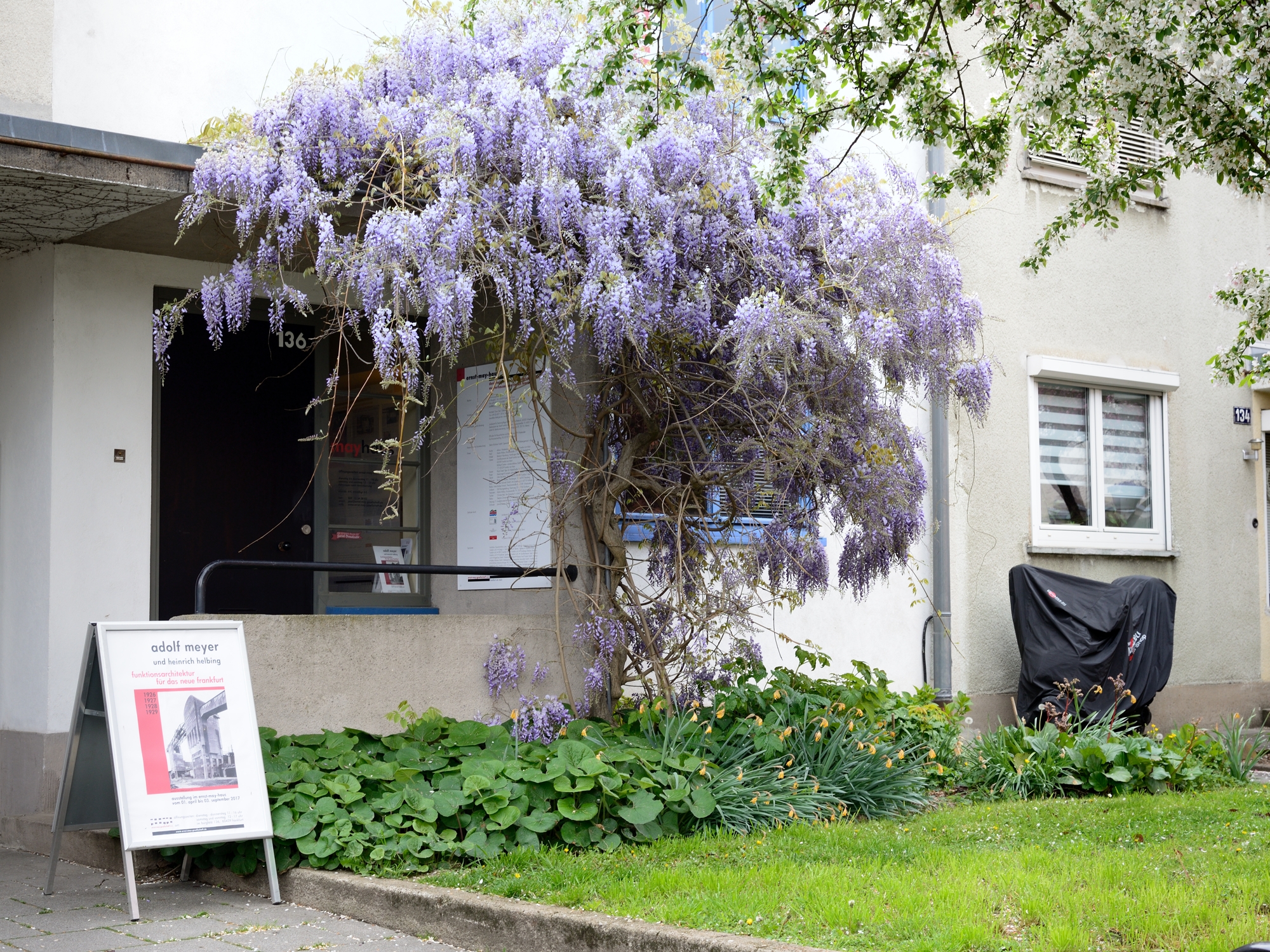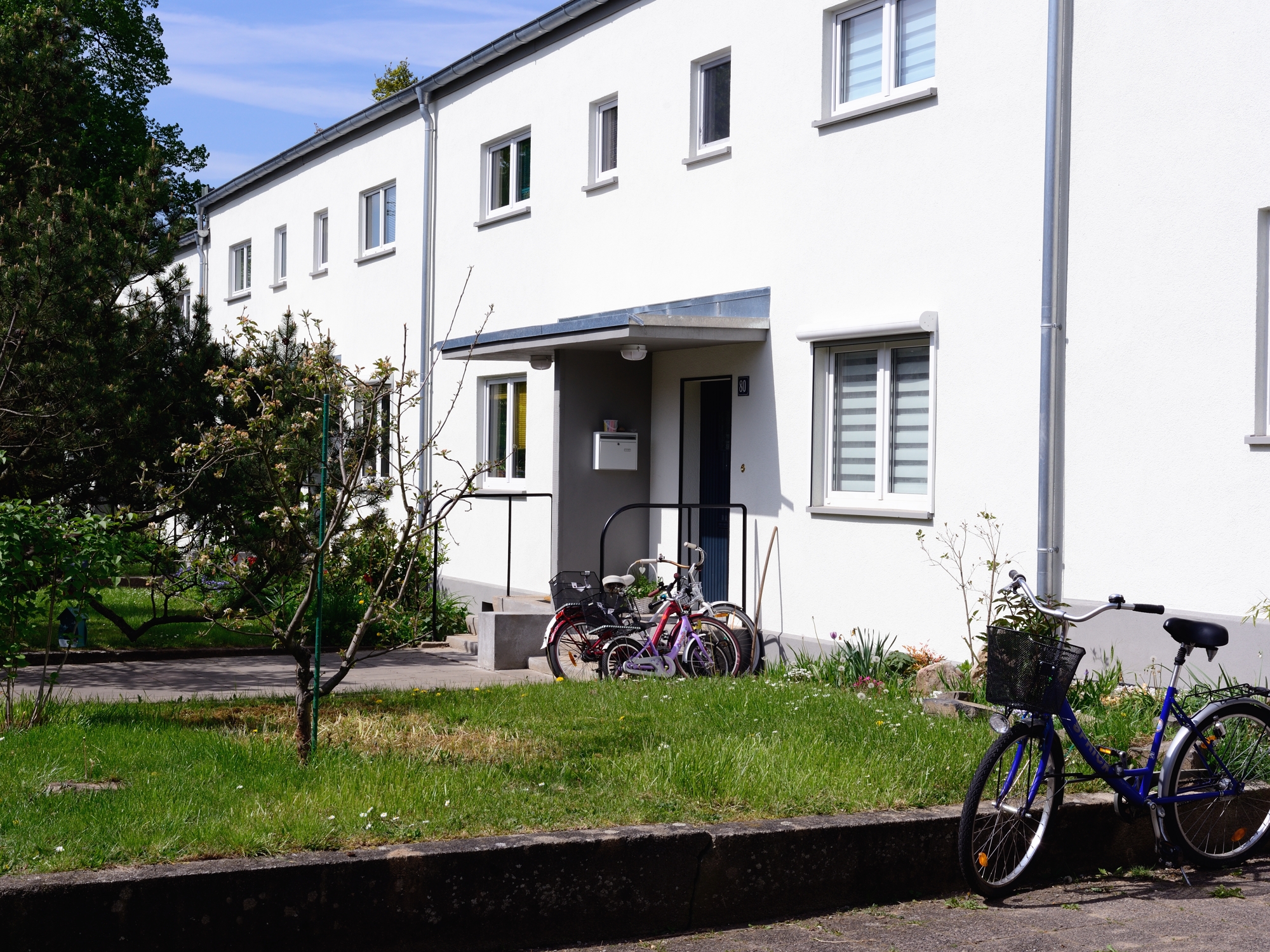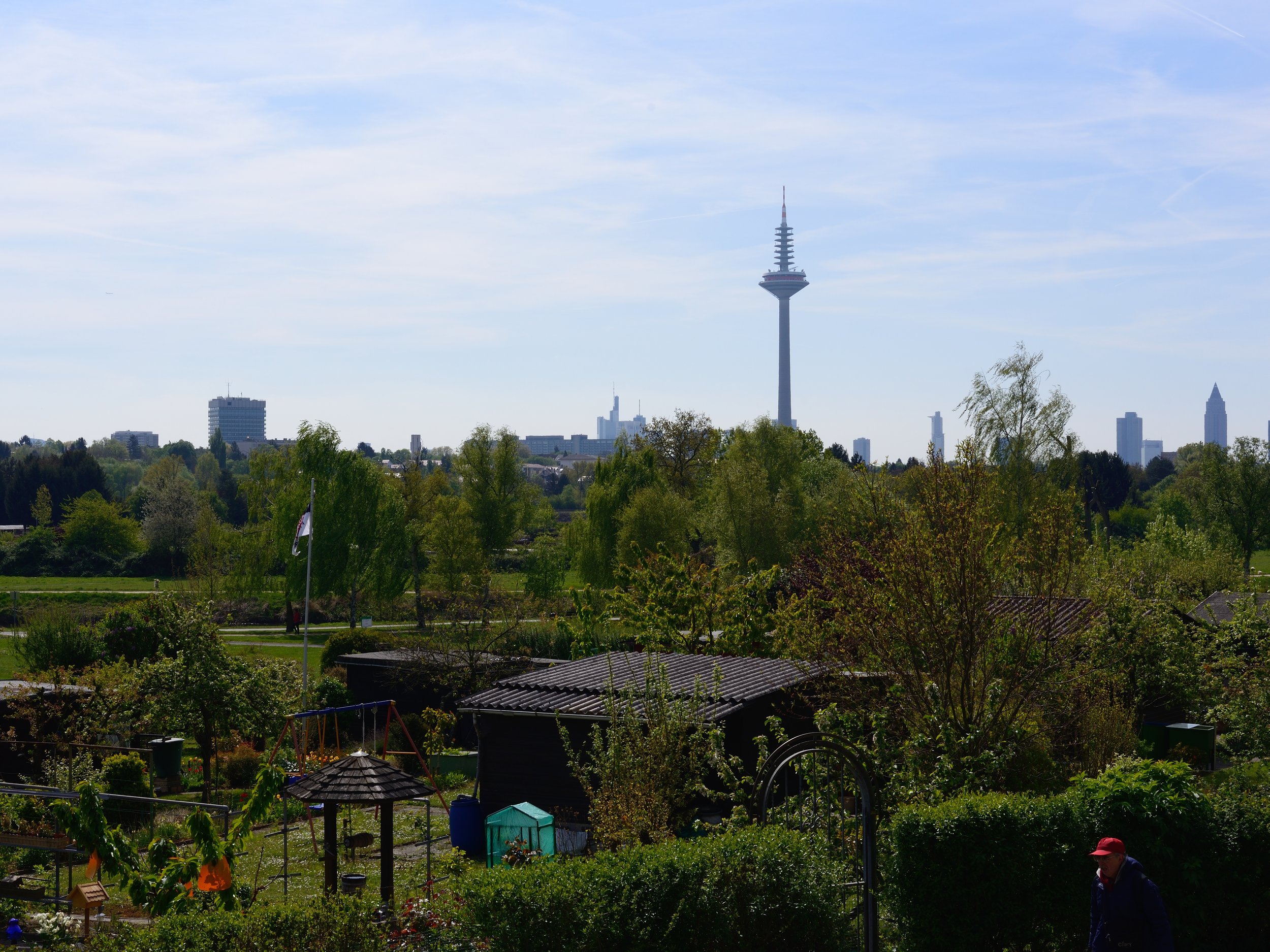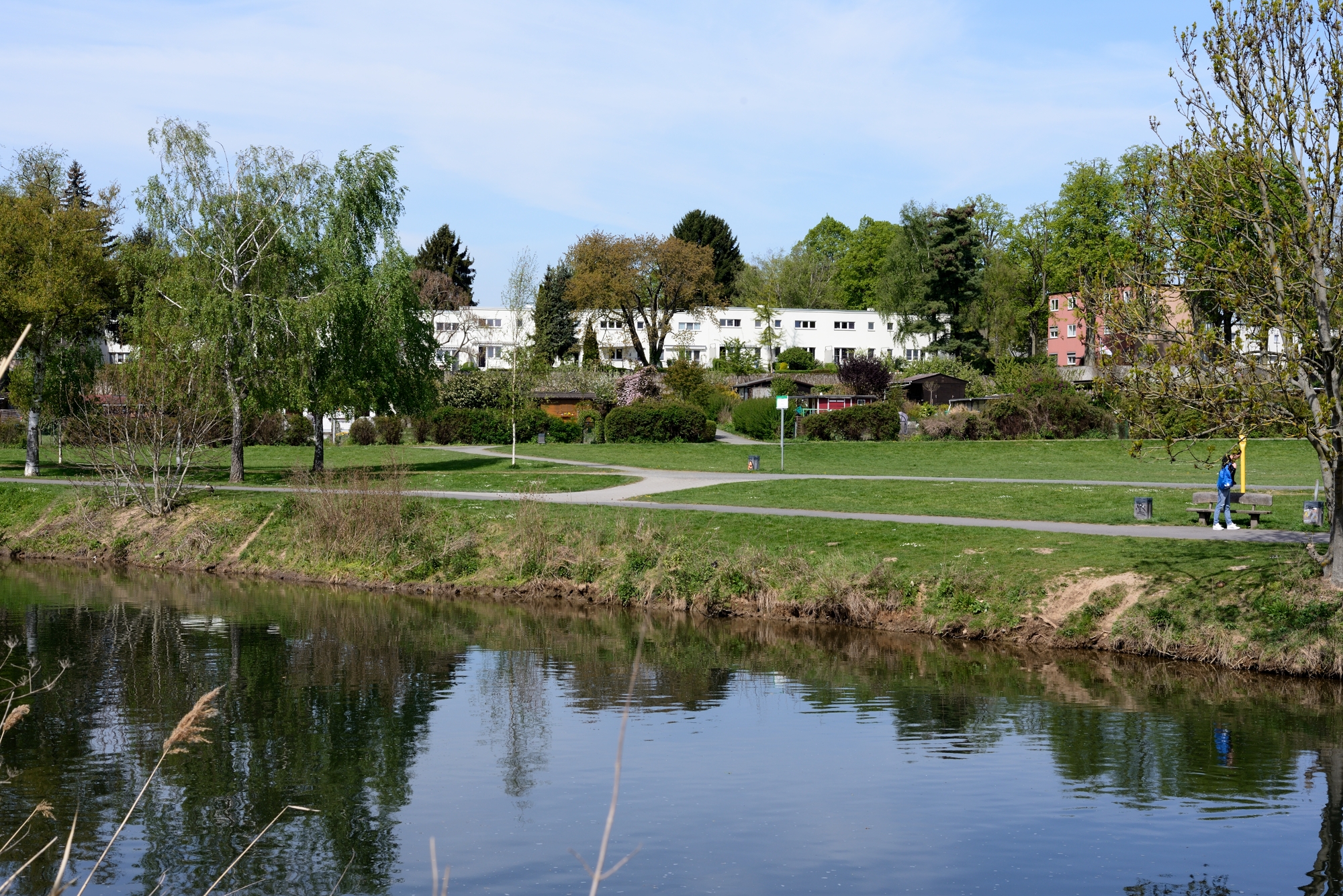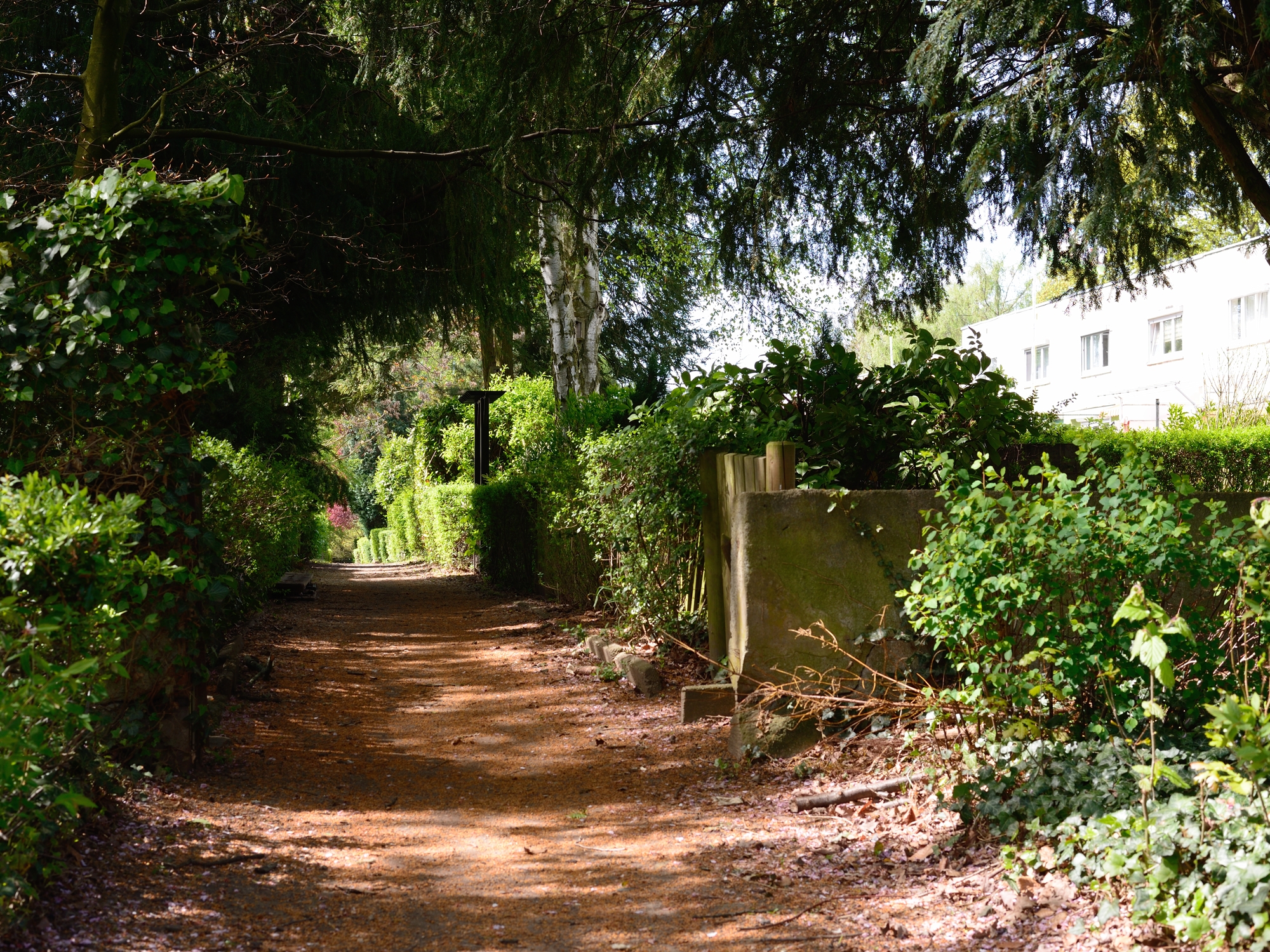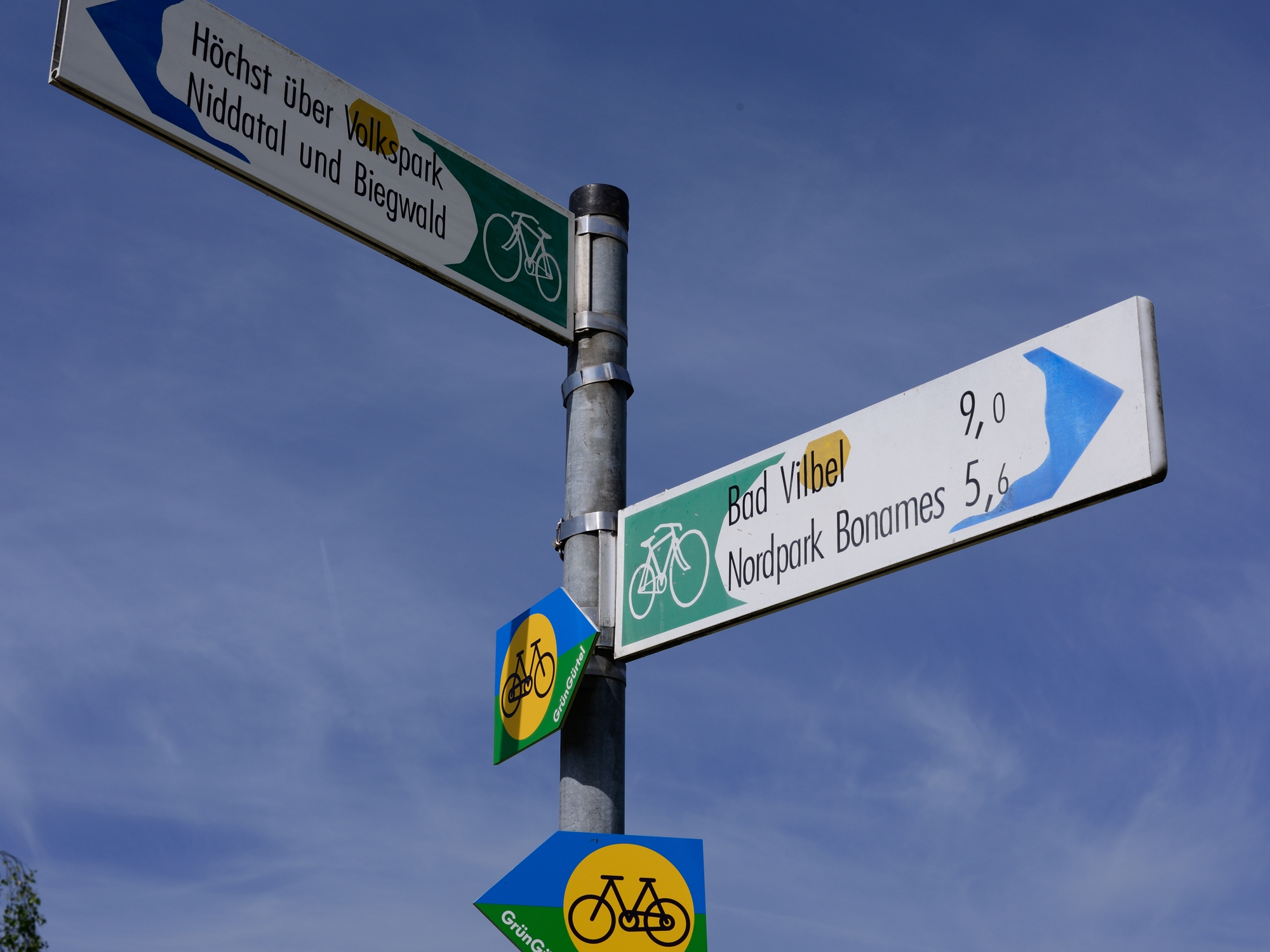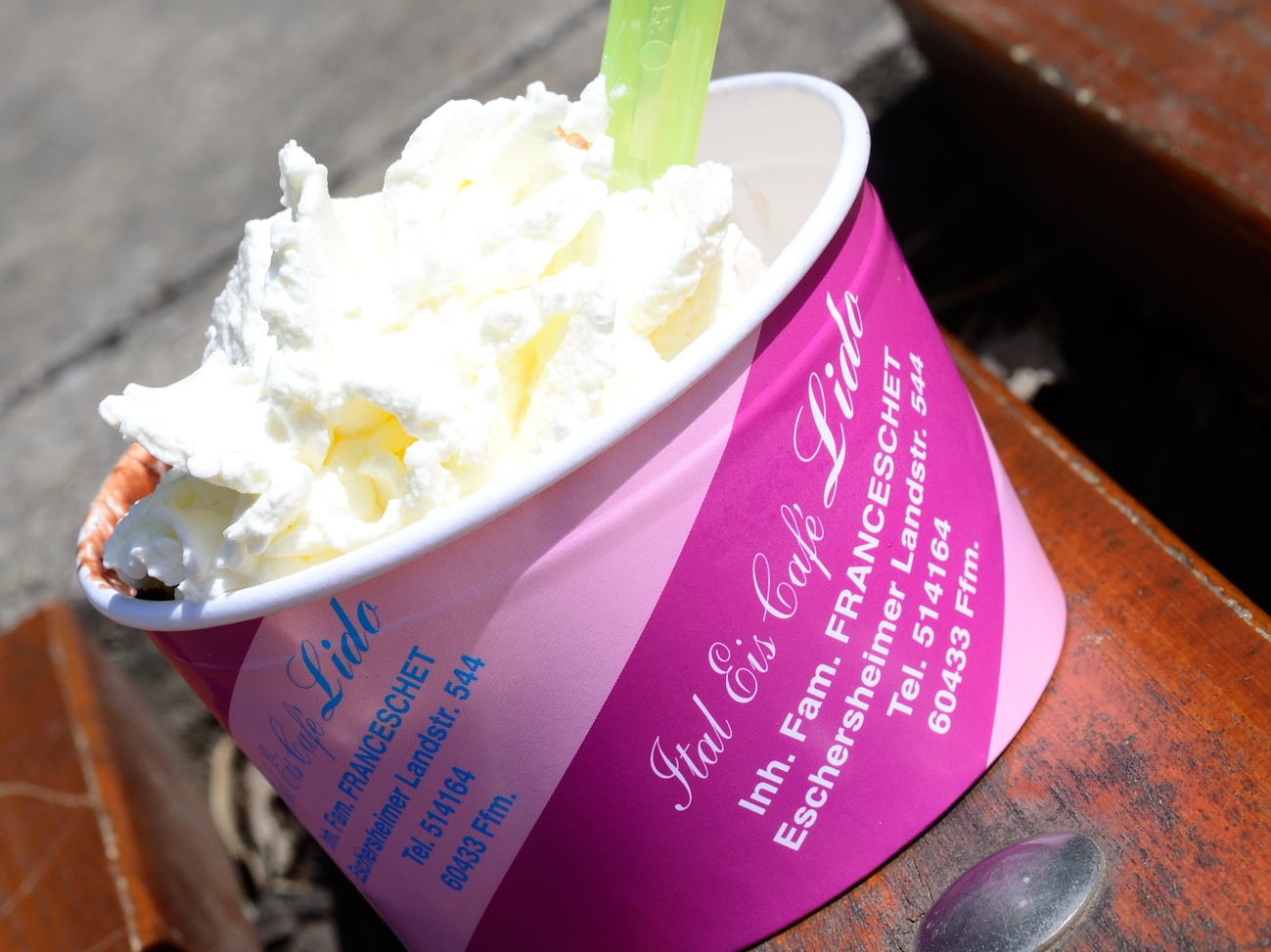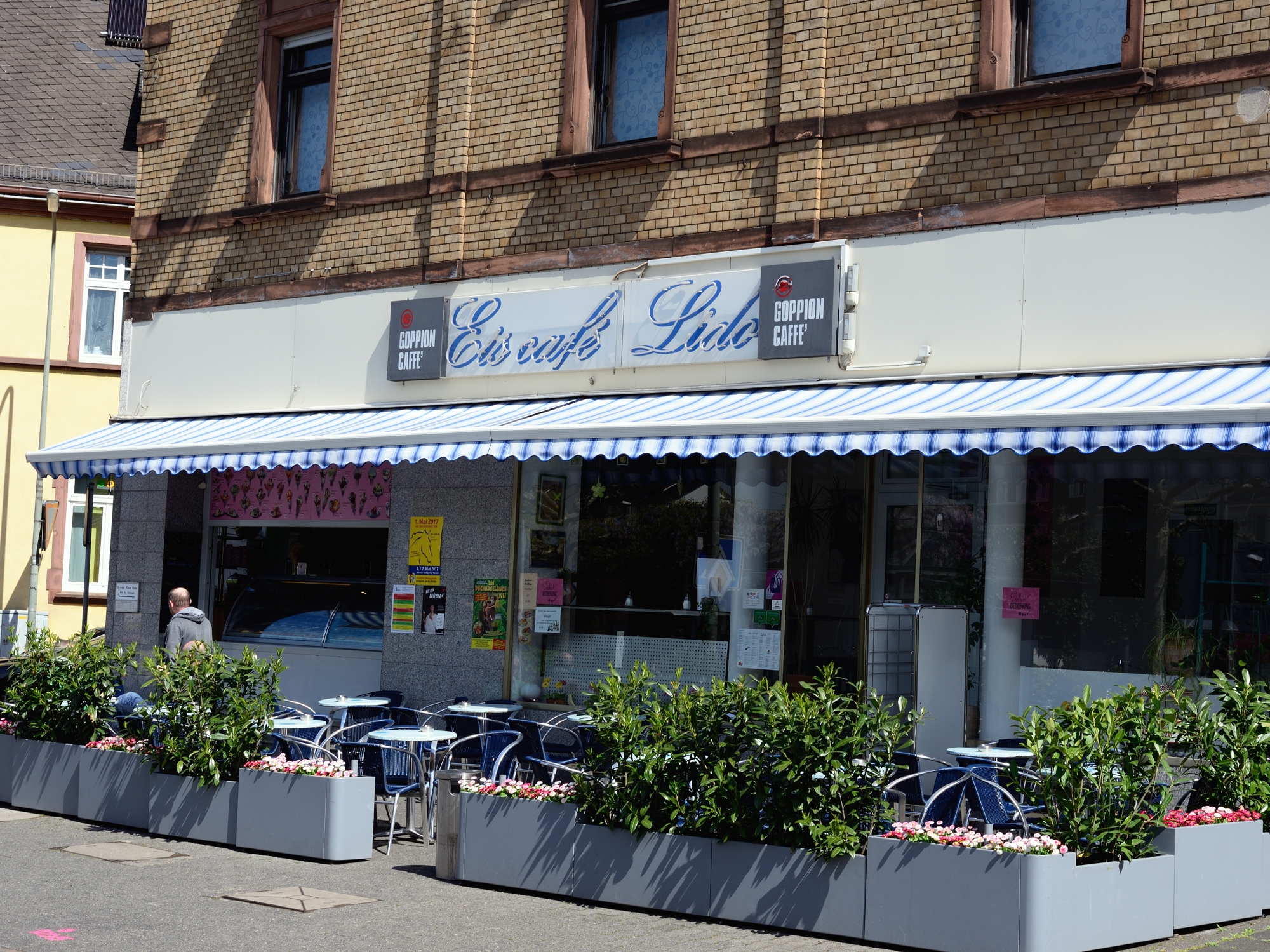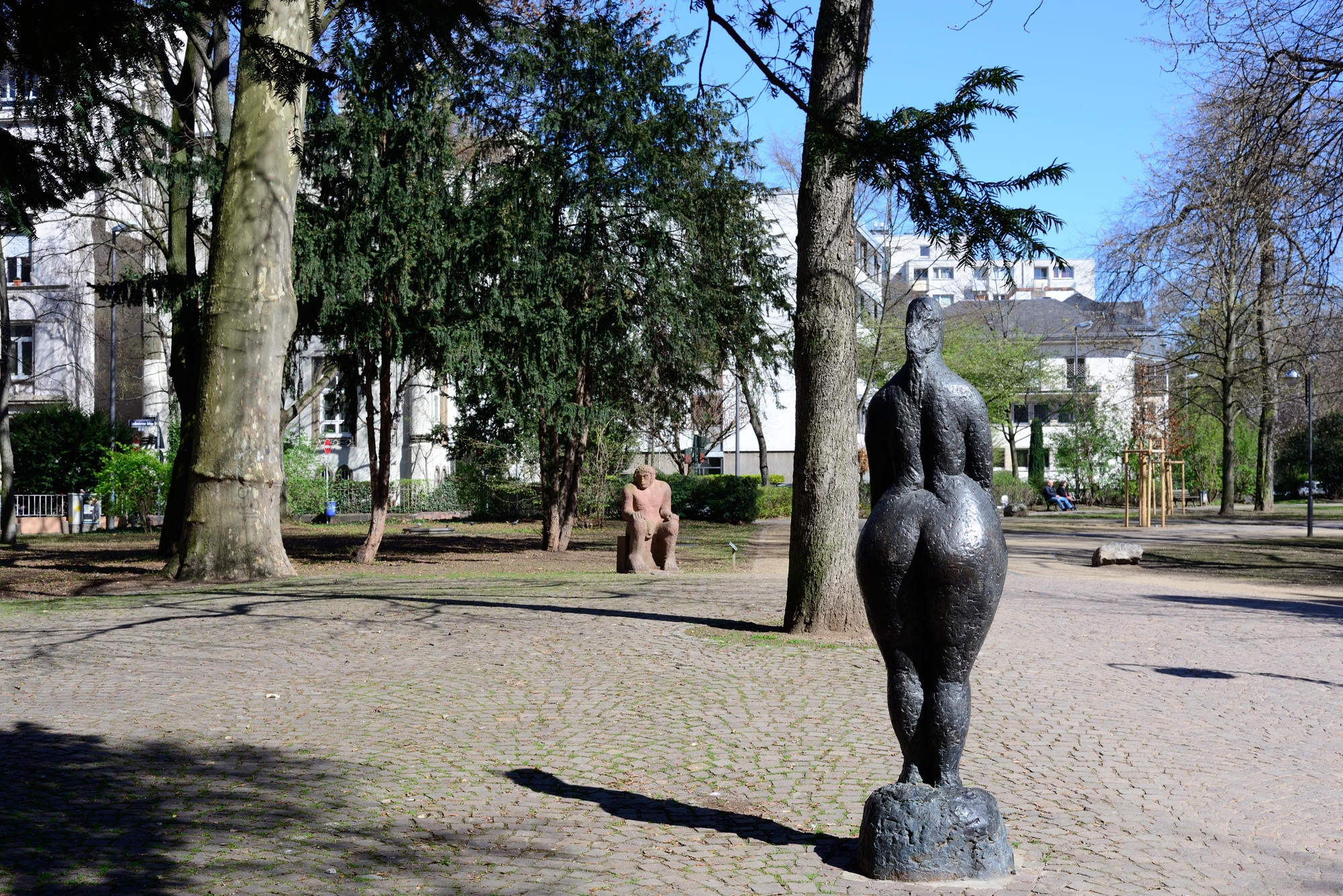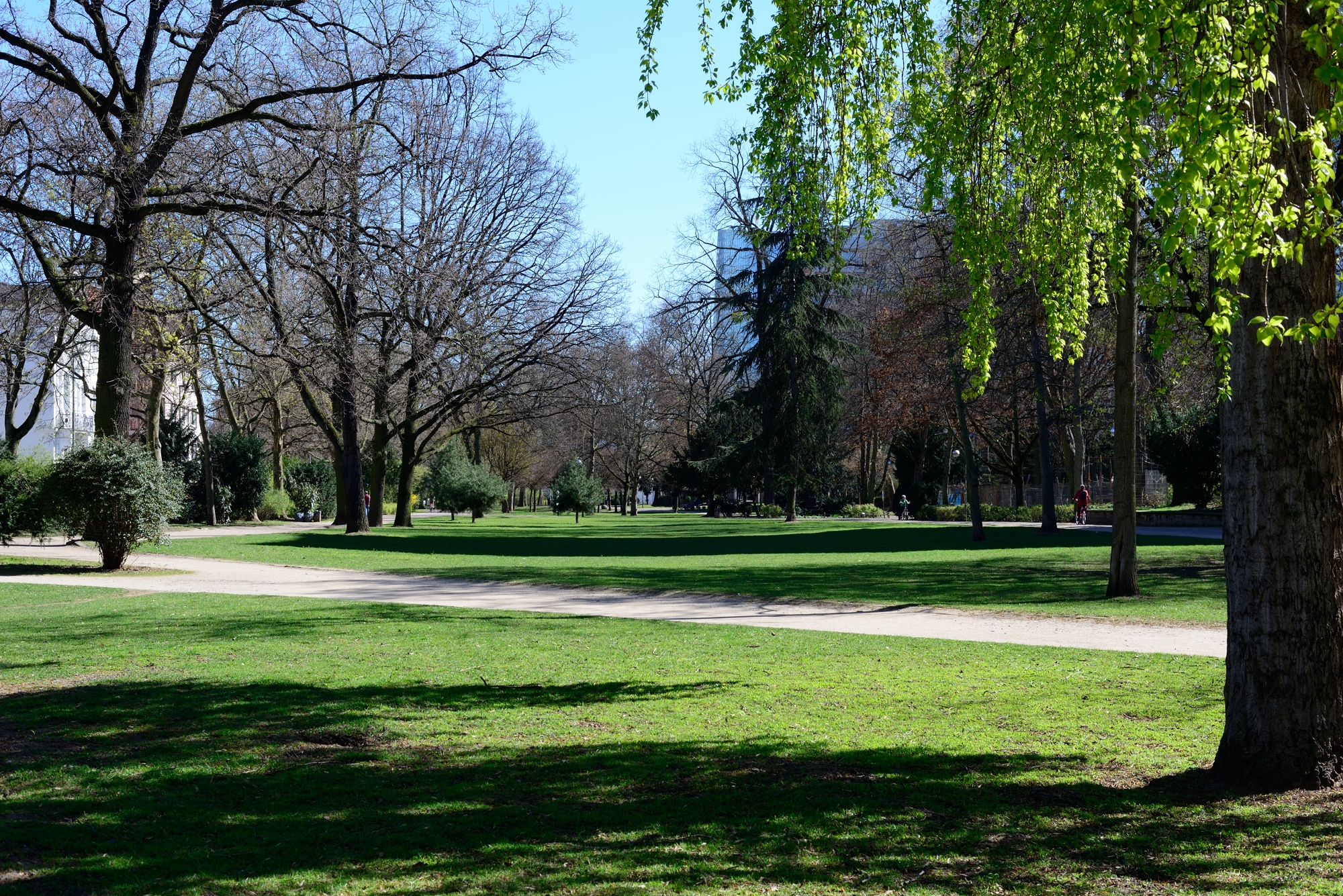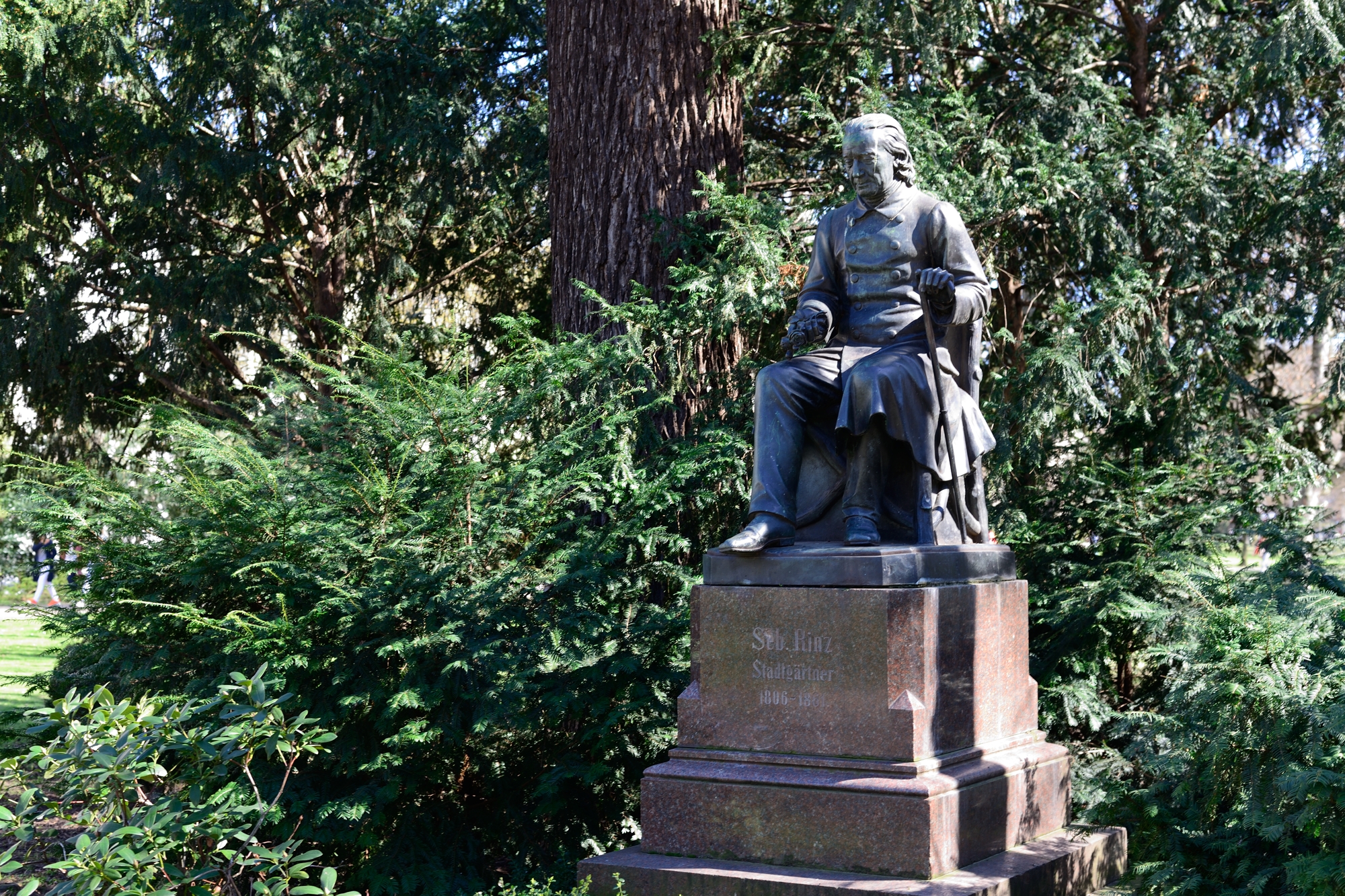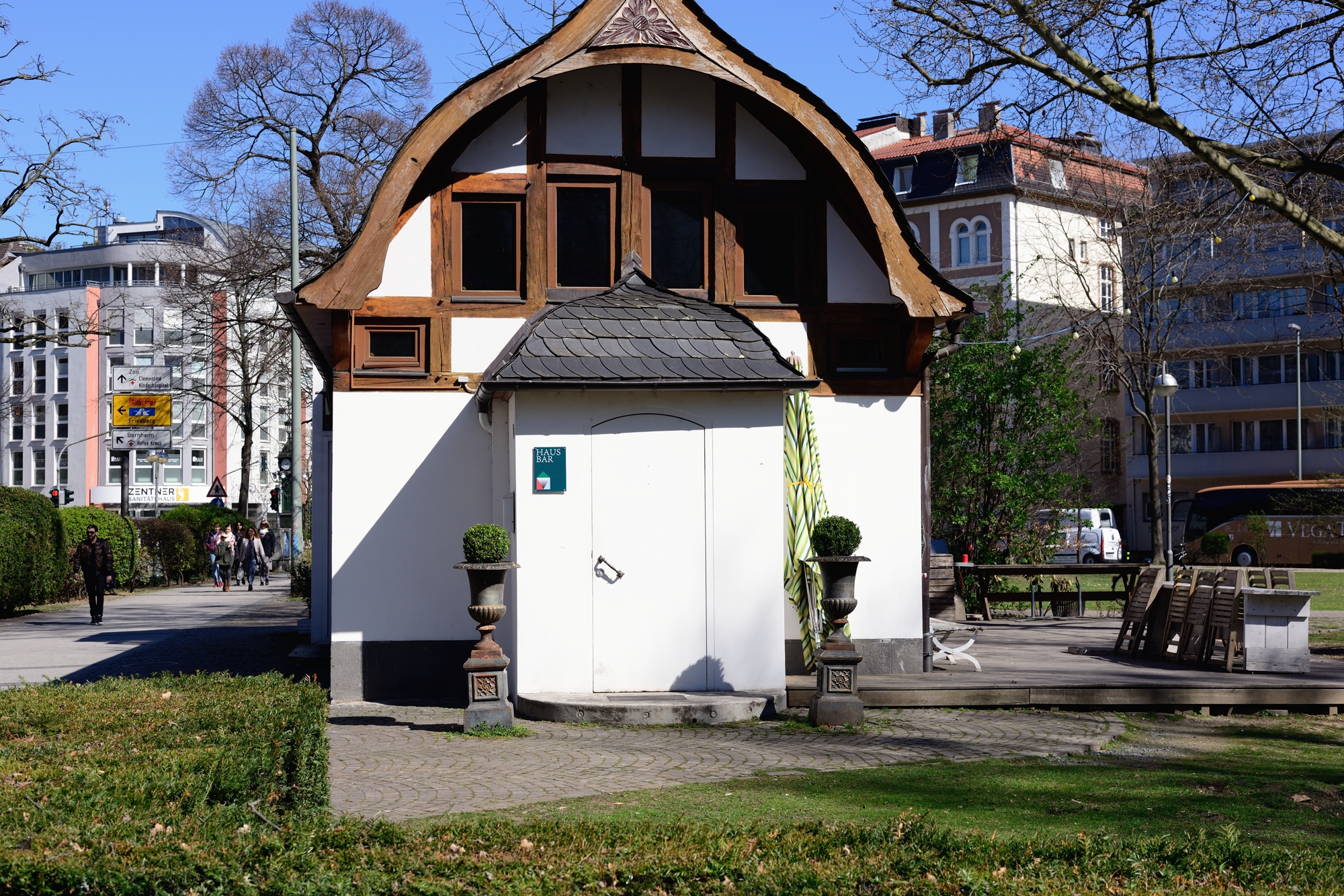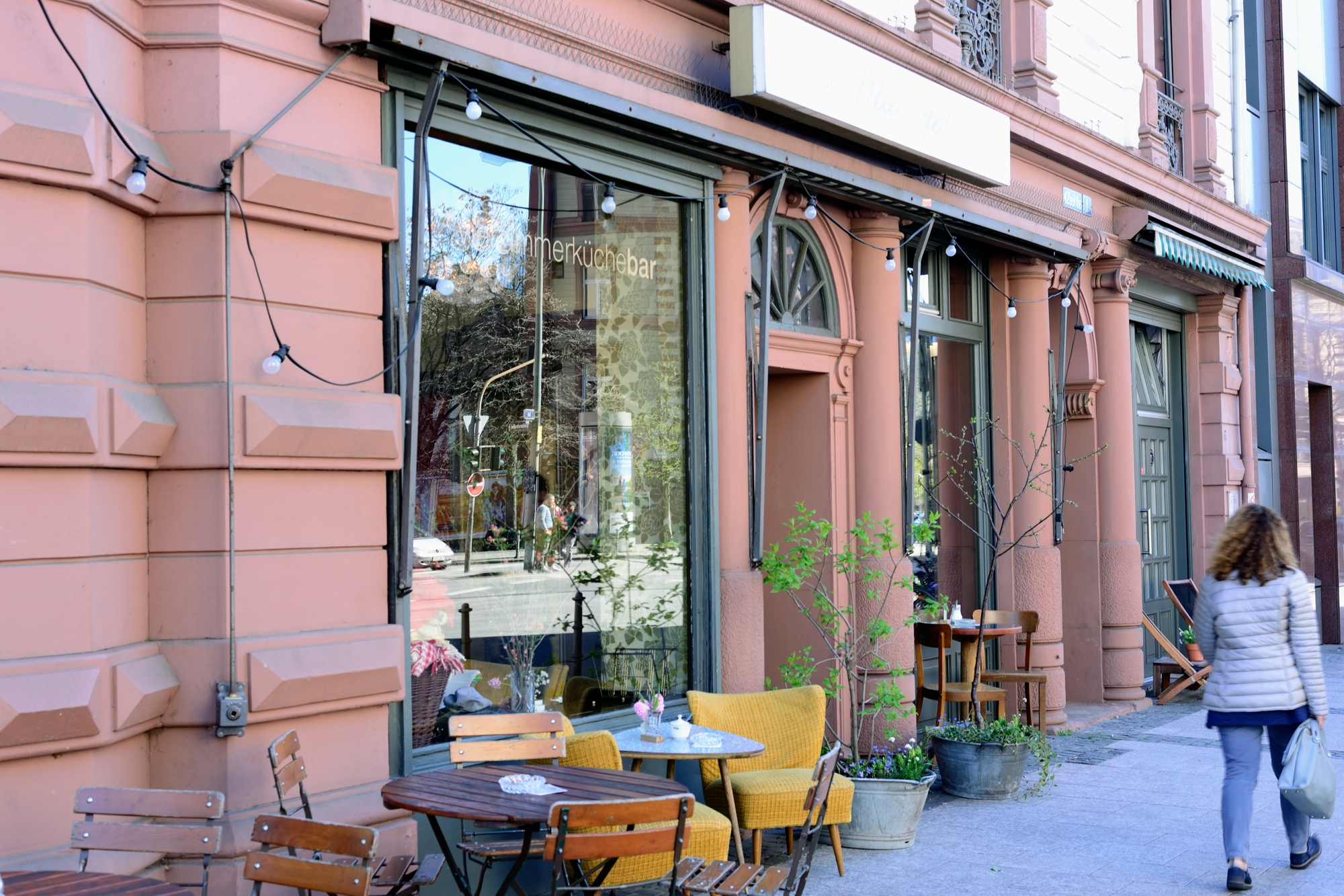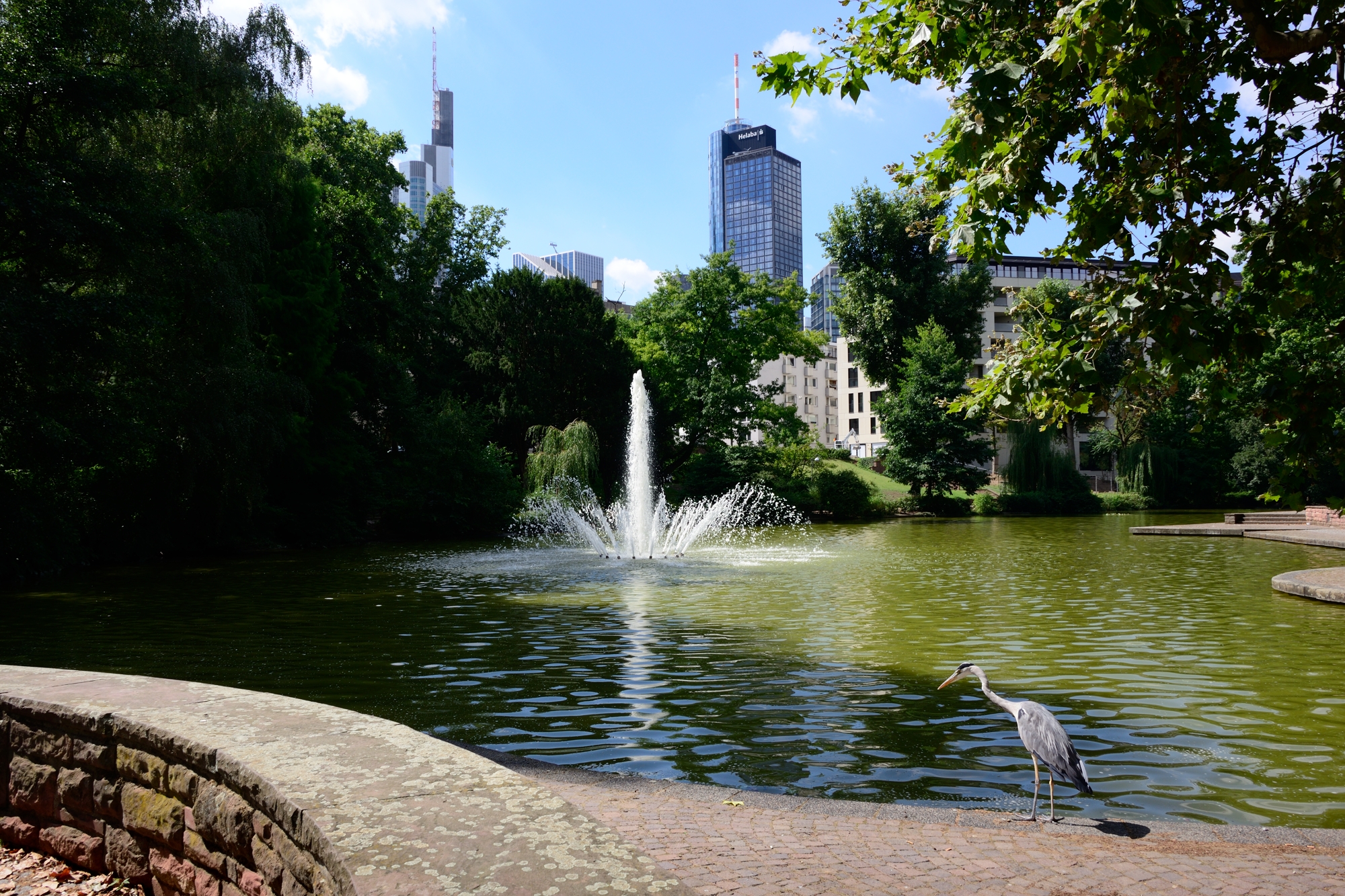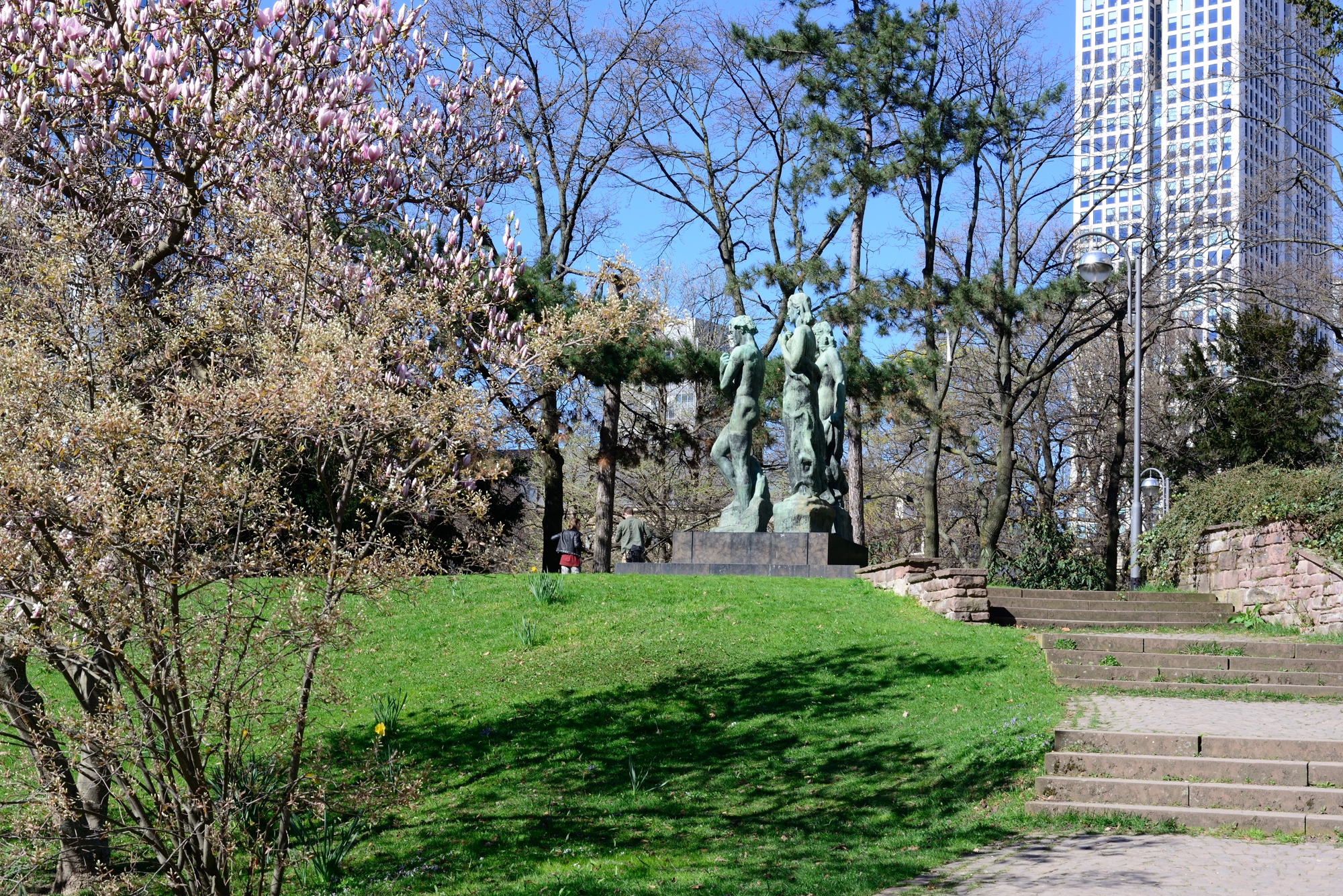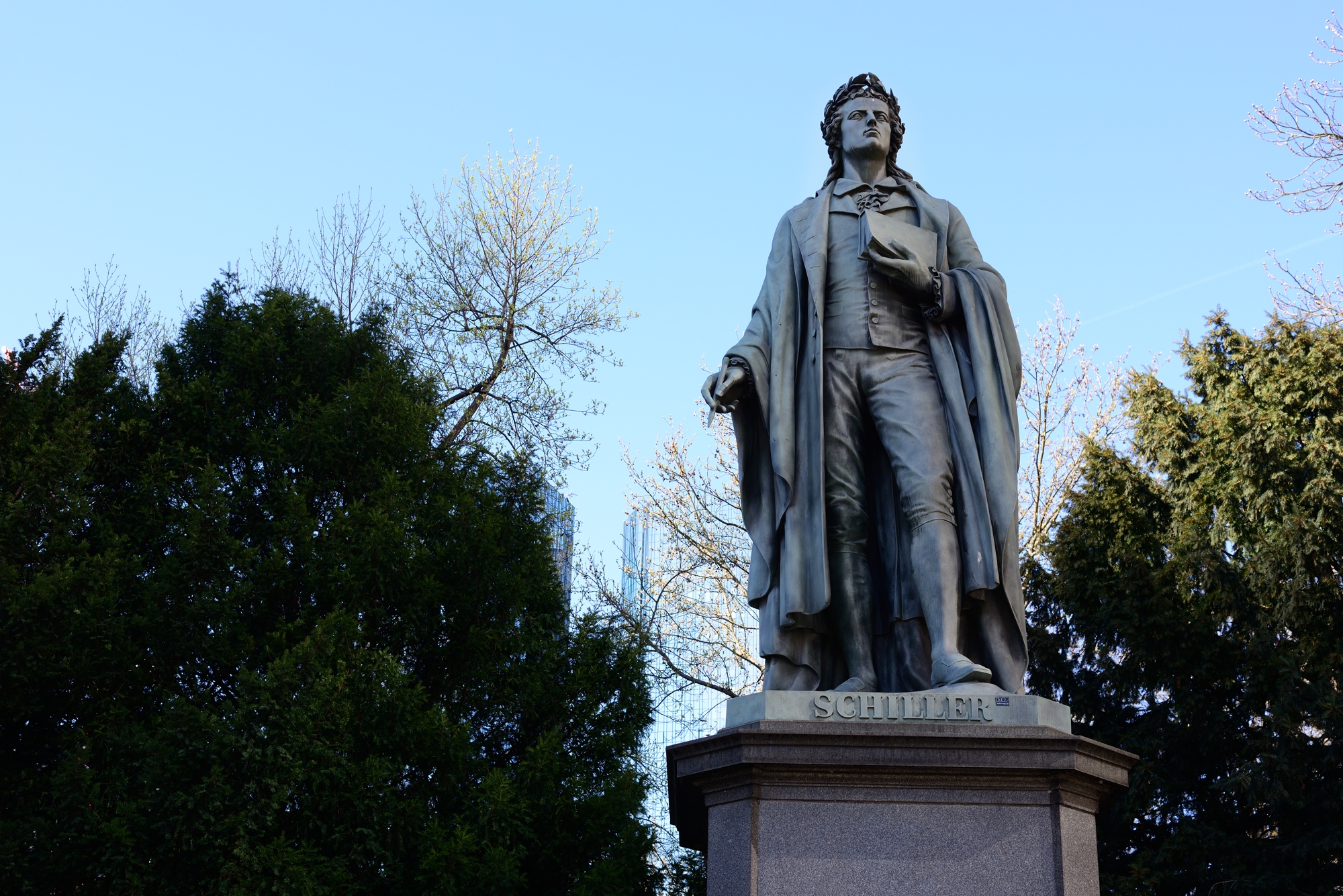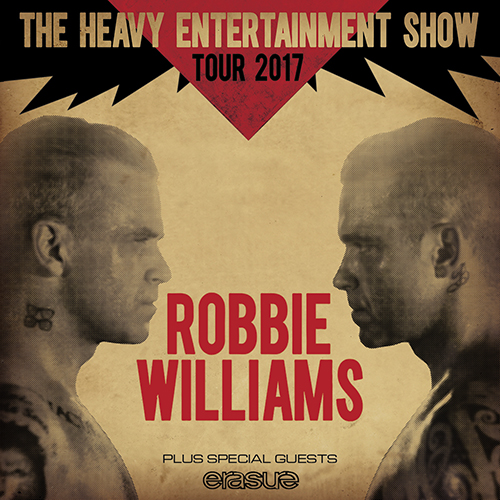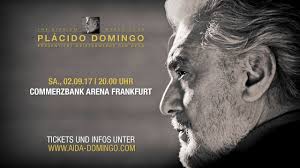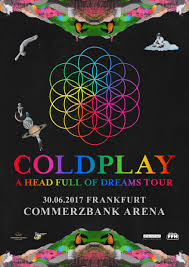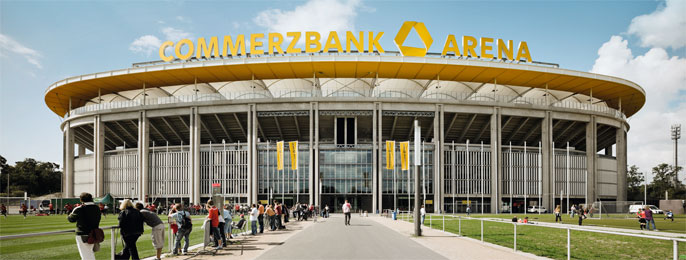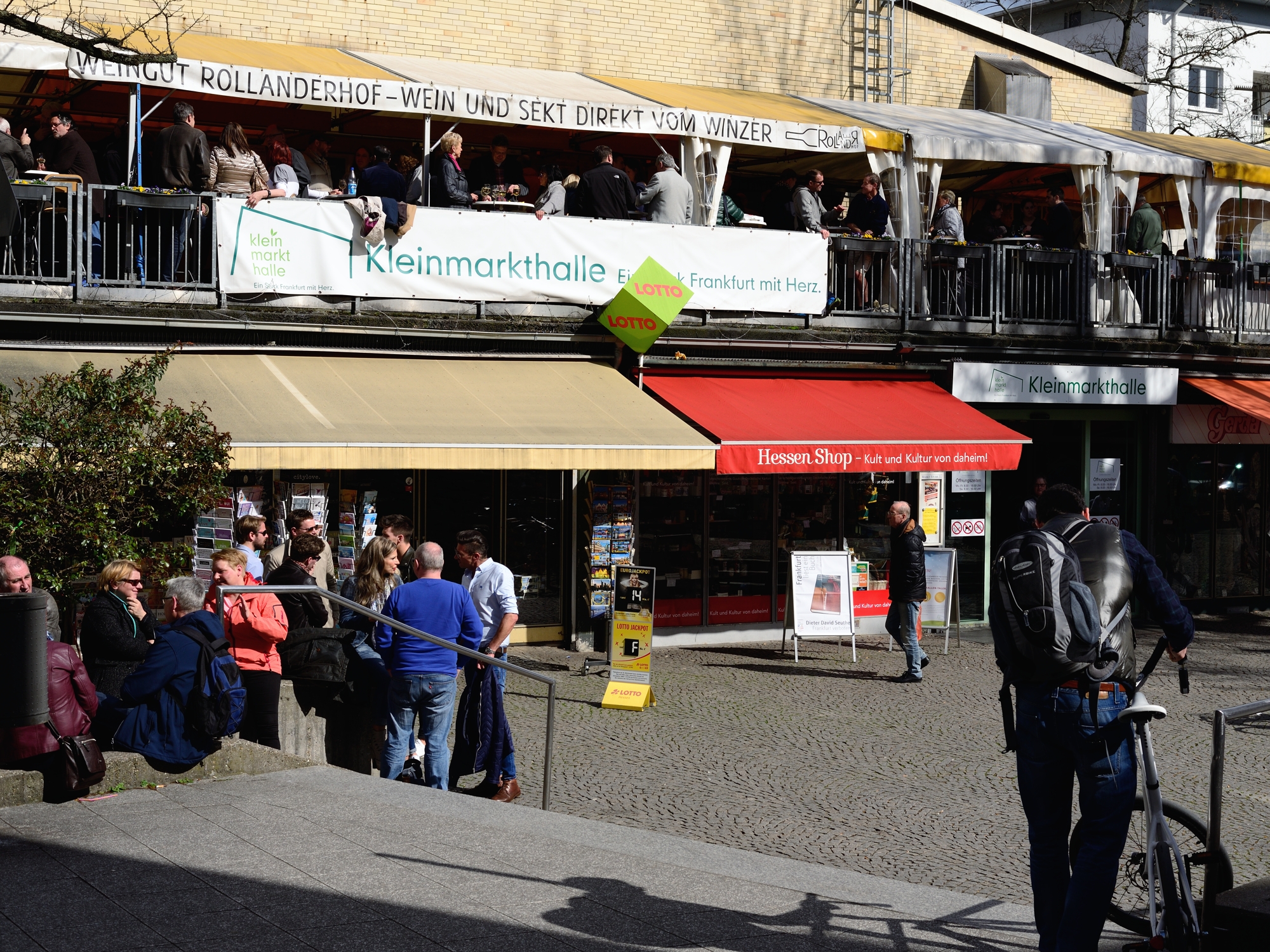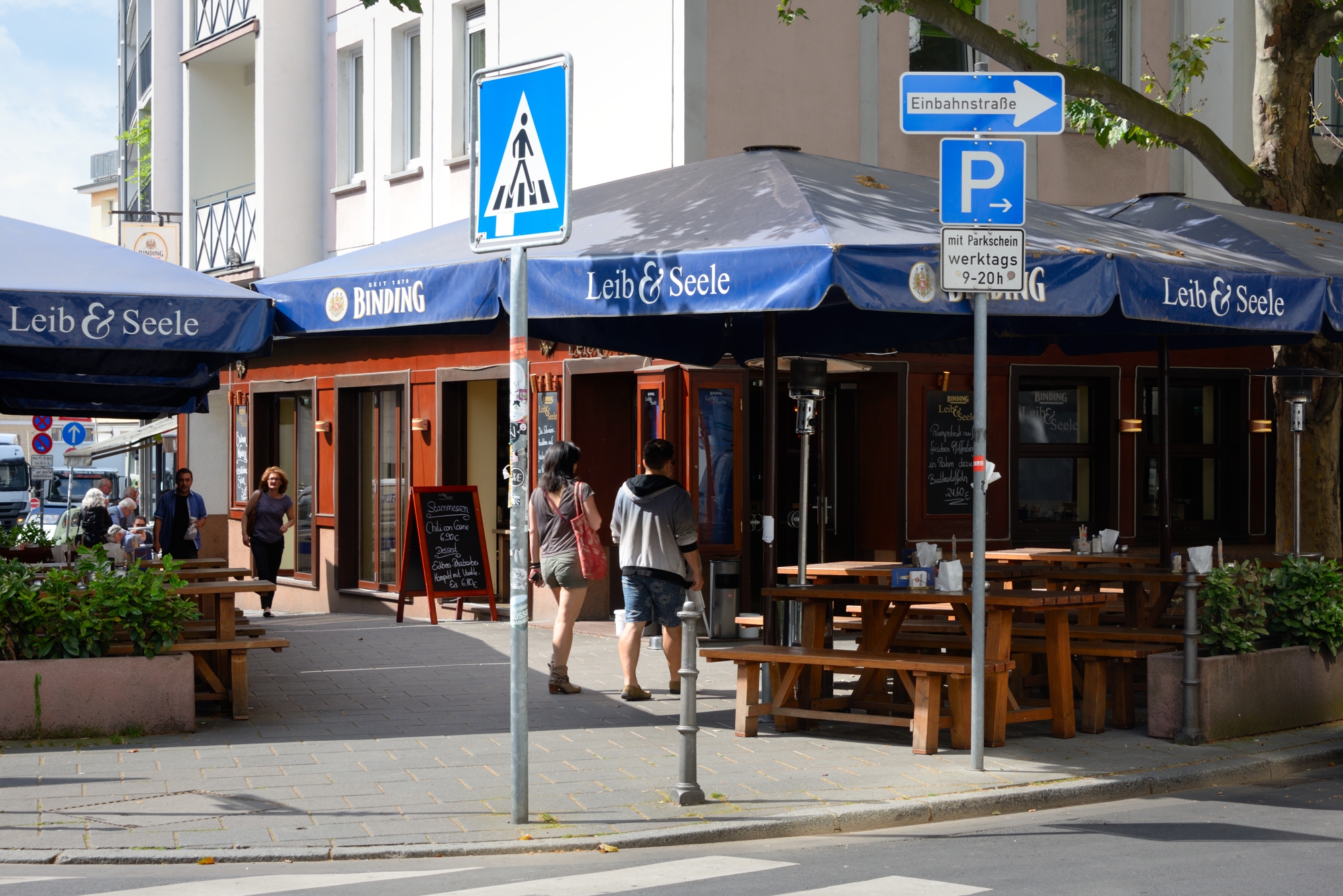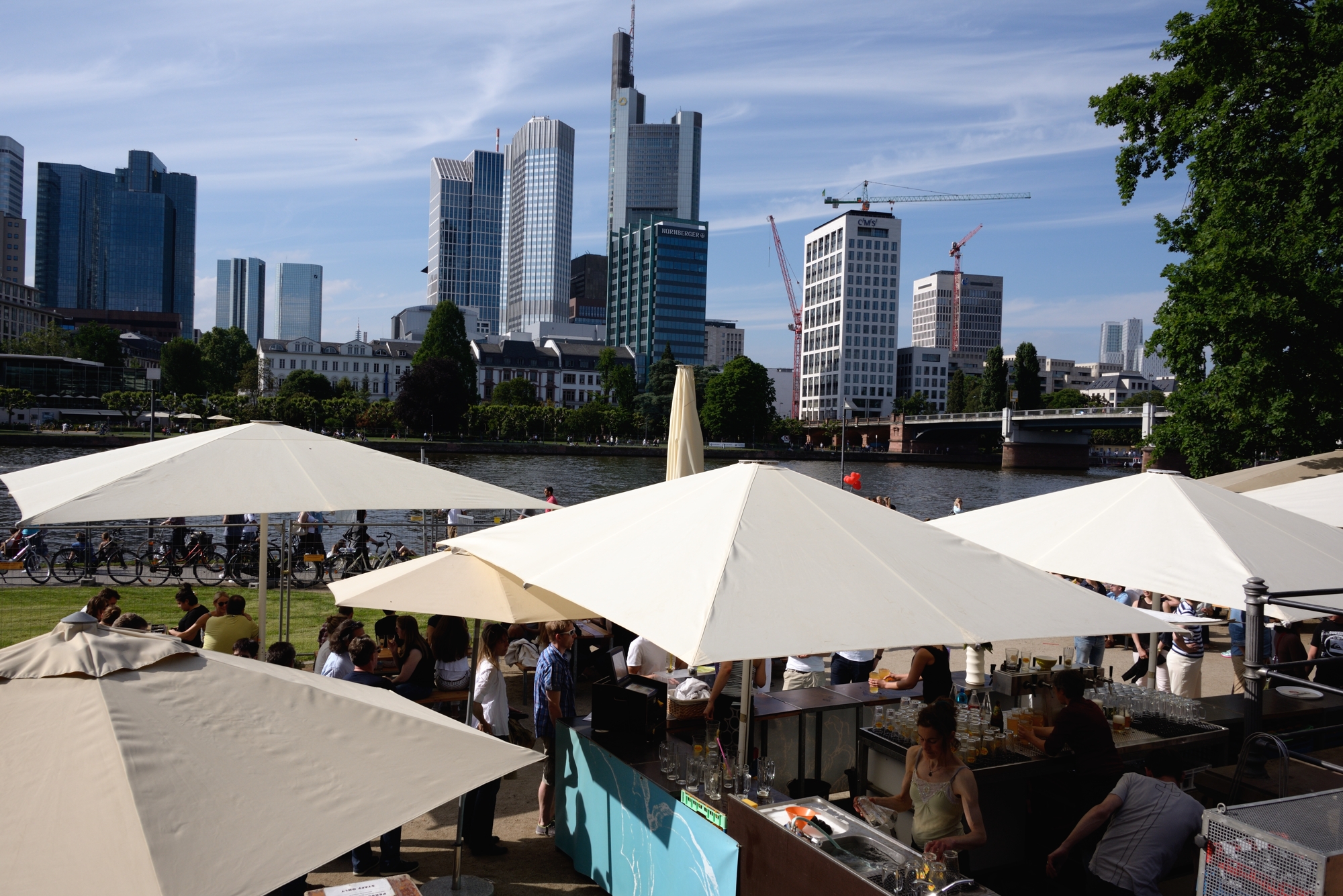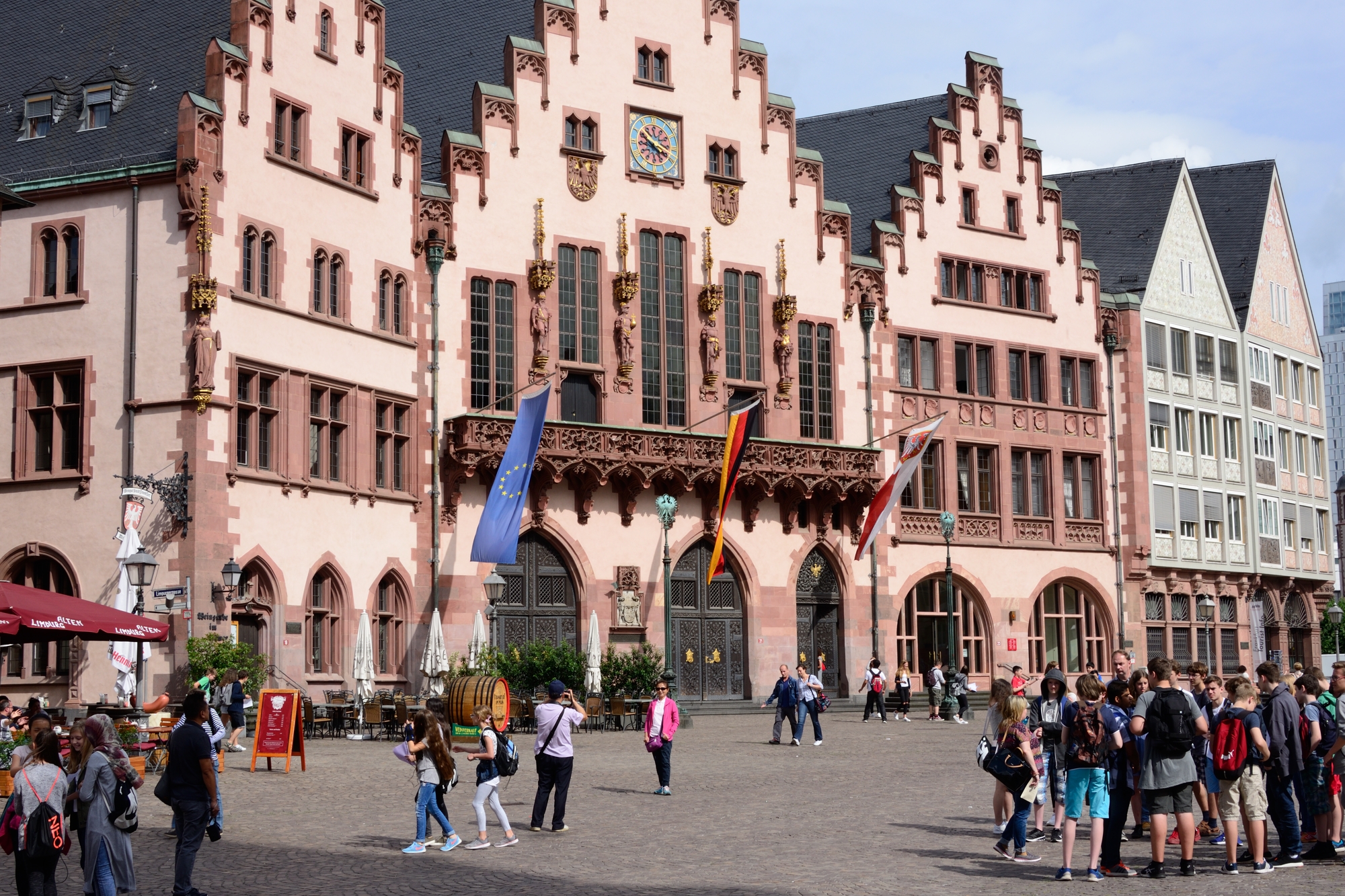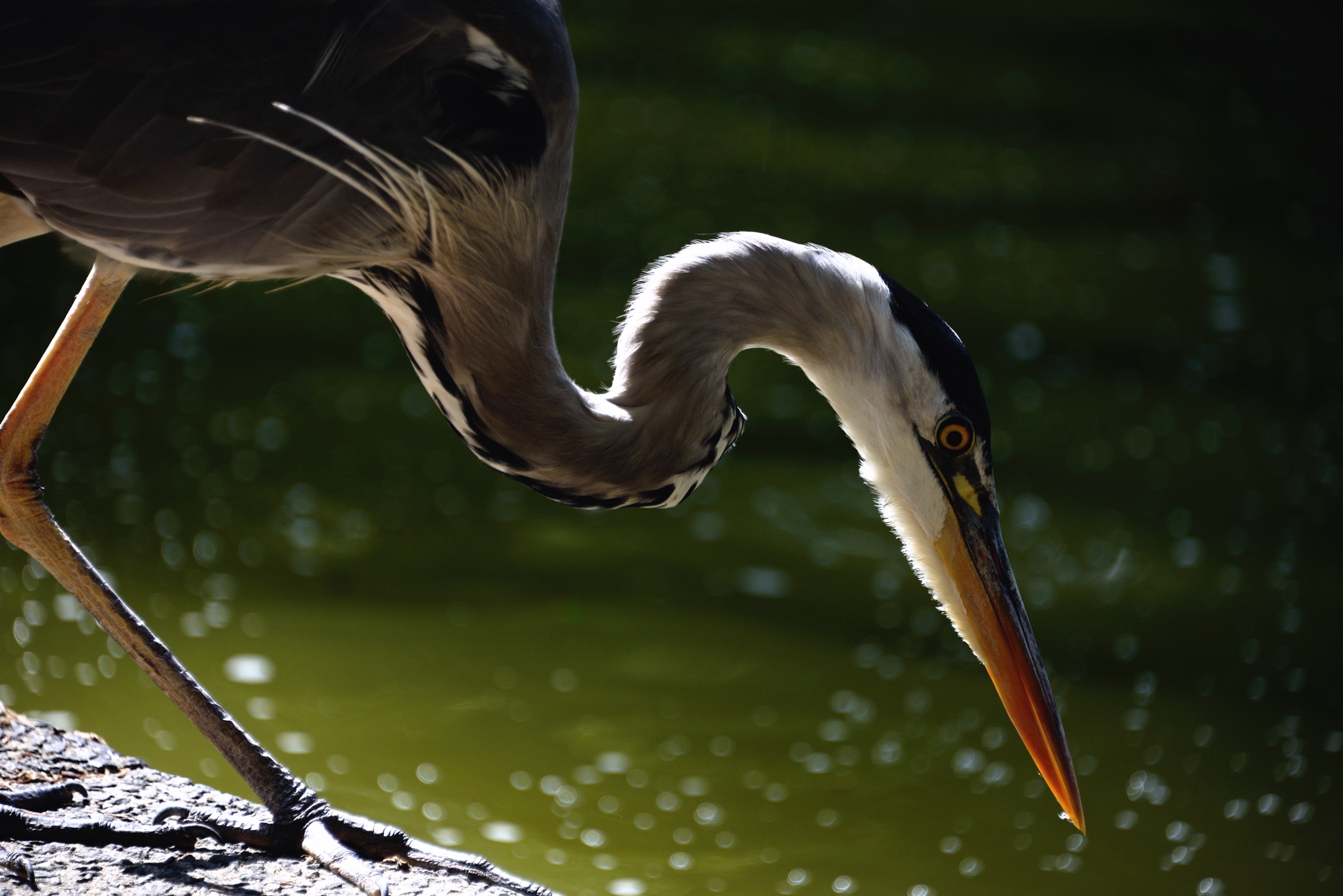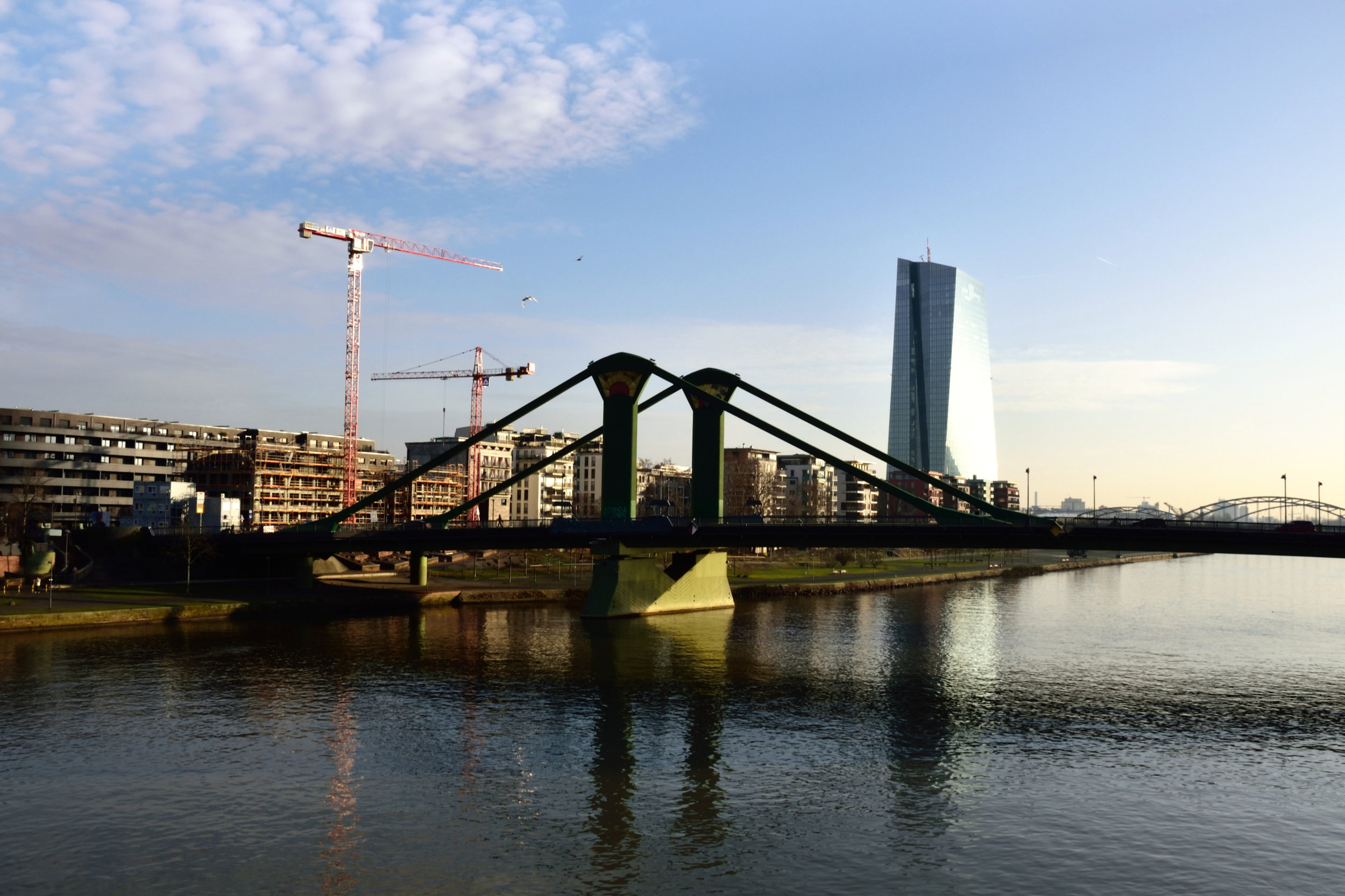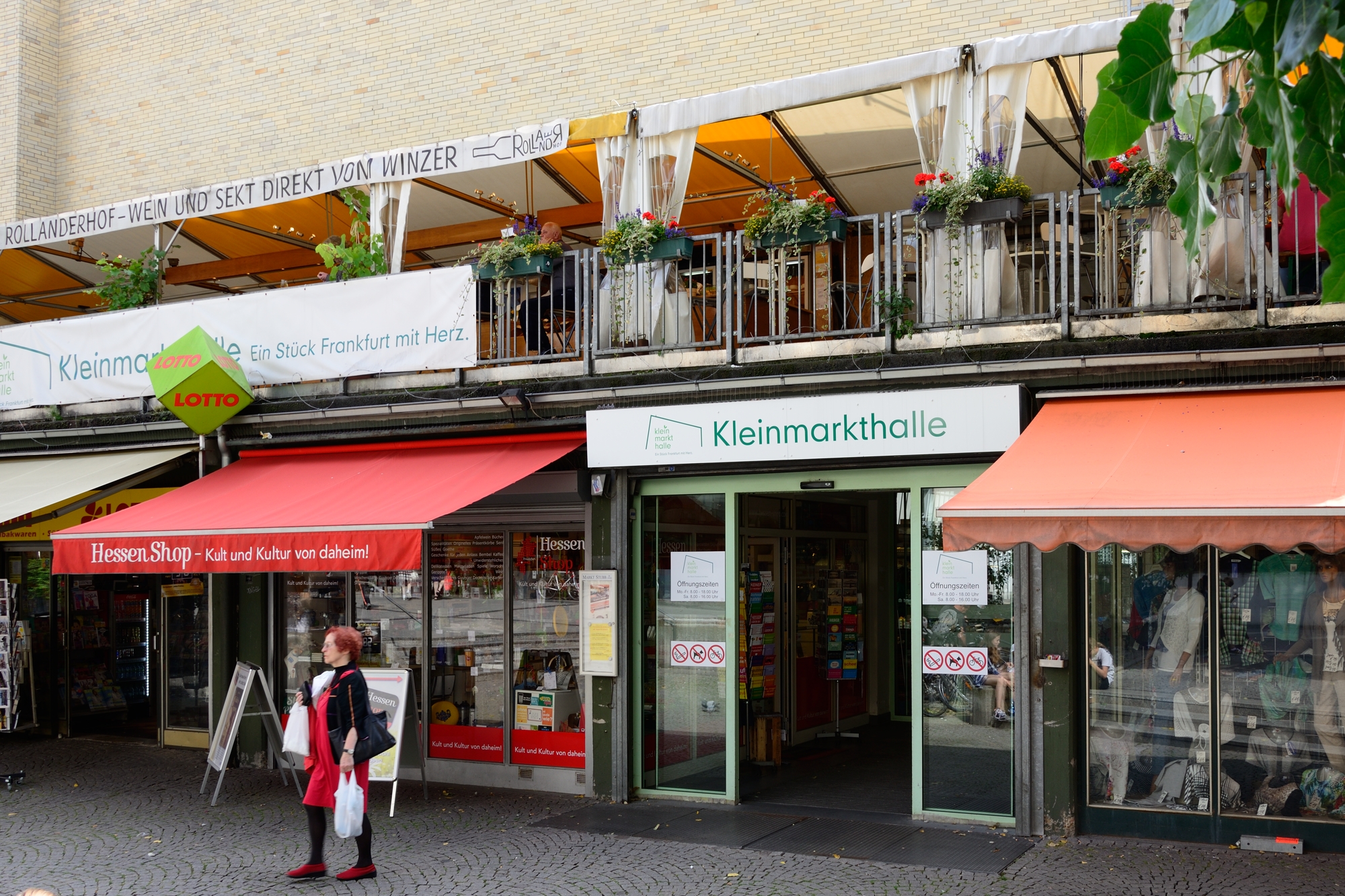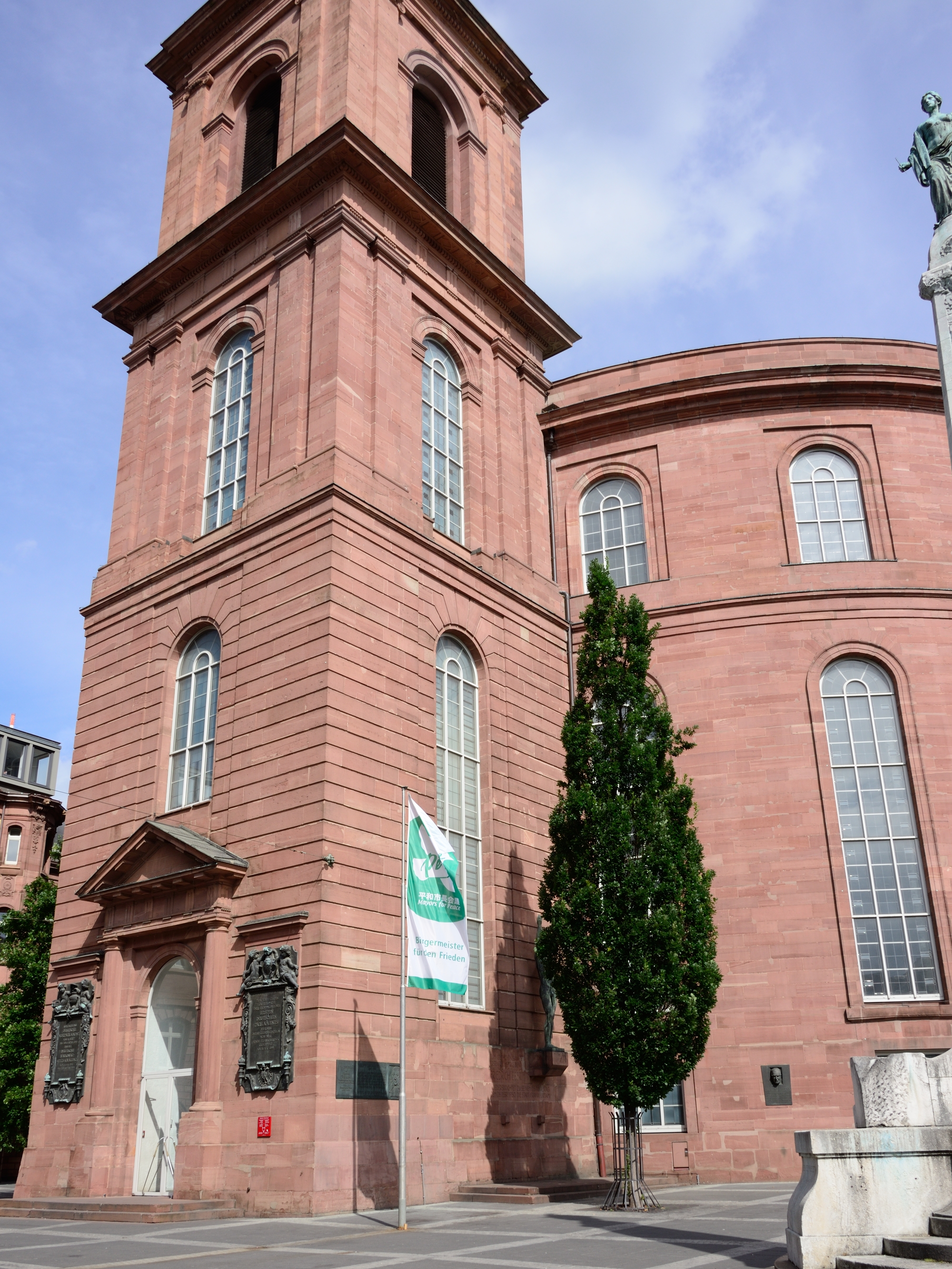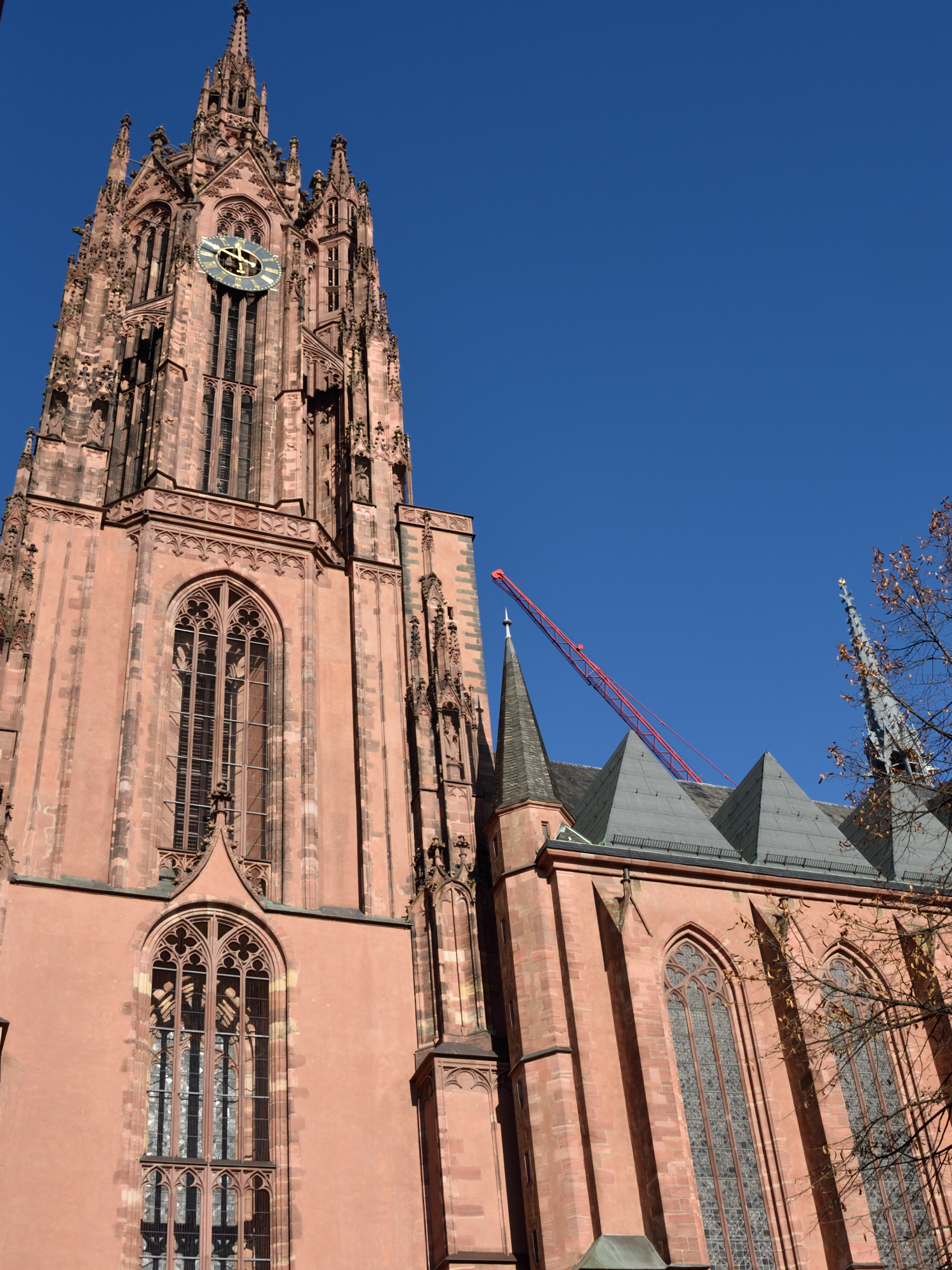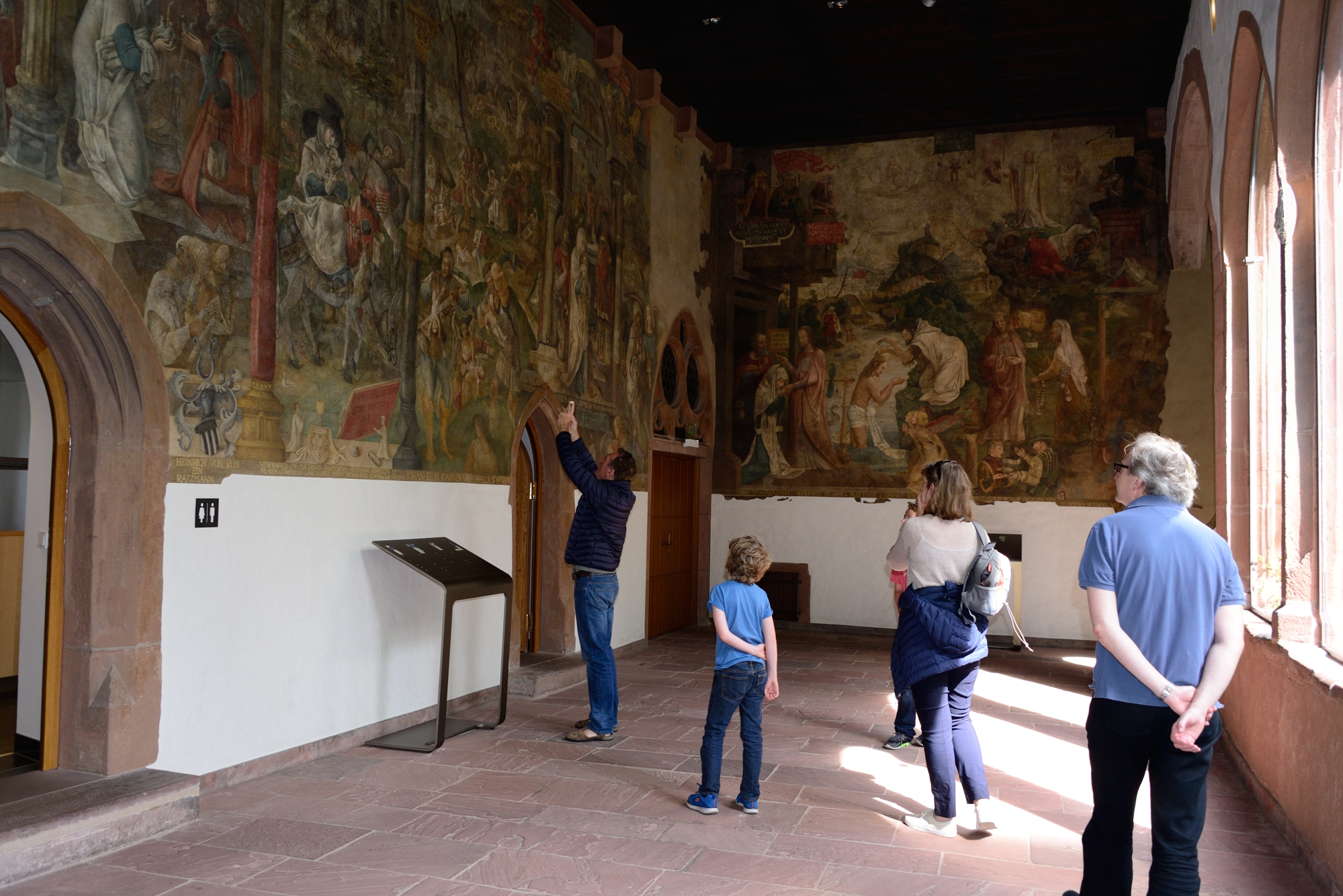A day out at the Frankfurt zoo(s)
/Frankfurt has two zoos which are open every day of the year. Even in winter they offer a great day out with plenty of indoor exhibits as well as the outdoor pens where the animals roam.
The City Zoo
Located just 1 km east of the city centre the city zoo has it own U-bahn stop, "Zoo" on the number 6 and 7 lines and tram number 14 also stops right outside.
The zoo houses 450 species of animals and birds, including Kumar and Vanni, the lion and lioness. There's a monkey house, an exotic bird house and even peacocks strut freely around the grounds. A bonus for those with young children is the opportunity to hire a pull-along cart (3€), which is ideal for carrying backpacks and even tired children and there is a special petting area with goats and sheep. The zoo has various pit-stops offering snacks and drinks along the way and an indoor cafe.
The "animal of the month" feature showcases an animal each month and has special events such as supervised feeding times and information sessions by the keeper. Regular daily feeding times for the other animals is detailed on-line, http://www.zoo-frankfurt.de/ihr-zoo-besuch/fuetterungszeiten/
The zoo website offers some basic details in English, such as entrance fees and visiting times. Late night opening until 8pm is available on the last Friday of every month (except December). During the late night opening you can wander round at your leisure or join a tour (in German) which is themed each month. All this with a special 2€ price reduction on the regular entrance fee.
Opel Zoo
Opel Zoo is located in Kronberg, a 15 minute drive outside of Frankfurt. Easily accessed by car, it can also be reached by taking the S4 train from Frankfurt to Kronberg Bahnhof and then either the bus lines 261, X26 and X27 to the bus stop "Opel-Zoo".
The zoo is set out in a large park, which is perfect for a gentle stroll through all the themed areas. A highlight at the Opel Zoo is feeding the animals. The zoo sells small packs of food and actively encourages the feeding of various animals. At the elephant house you might be lucky to see the elephant holding his trunk straight up in the air, as a sign he wants another carrot!
There is a lot to see here, the elephant house, the giraffe house, a petting zoo with sheep, goats, ponies and donkeys, and lots of other species. For young children there is even the opportunity for a pony or camel ride. Throughout the park are kiosks offering refreshment. The Sambesi cafe has great views across the park, or you can even bring your own food and make use of the picnic facilities provided.










